ADVERTISEMENT

Following the trail of a major 10th anniversary of the Apple Watch last year, this year we saw an expectedly more incremental round of updates presented on the stage of the Steve Jobs Theater.
The new releases are so incremental that, for the first time ever, the new Series 11 and Ultra 3 do not come with new chips, but rather stick with the S10 chip introduced last year. Gone are the days when every new year brings a radical new update. Rather, the latest generation ensures the most up-to-date offering for people coming from much older devices. After the more prominent redesign of the case for last year's Series 10, it makes sense that the updated design language would hold for at least a few years.
Fresh from my time in Cupertino, I've been able to spend a few days with the latest Apple Watches announced — the Series 11, the Ultra 3, and the new SE 3, and here are my thoughts.
Apple Watch Series 11
The Series 11 is physically identical to the Series 10, but this time with a longer 24-hour battery life thanks to a re-engineered internal battery that squeezes out a bit more juice even in the same case dimensions. I am a big fan of the direction of this newer case design, thanks largely to a significantly thinner height and thus far more elegant proportions. Even on my smaller wrist, the larger "46mm" diameter works extremely well and sits well within my lug span. Yes, bracelets like the Milanese Loop with more conventional lug attachments add a bit to the length, but other bands like the classic Sport Band (with my favorite Marc Newson Ikepod-like clasp) continue to wear relatively compact.
Build quality remains a key area where Apple has a significant advantage over the conventional watch industry. Fit and finish, especially in a fully-polished titanium case with smooth curves and no sharp machining lines, continue to be miles ahead of anything at this price point. Relatedly, what immediately piqued my interest during last week's keynote was something that remains quite invisible.
In a curious announcement that was quickly overlooked, Apple announced that all of the new titanium cases (Series 11 and Ultra 3) are now completely 3D-printed out of recycled titanium. This is kind of nuts. Yes, we've seen 3D-printed titanium watches before — in my mind, Holthinrichs and Apiar are the primary microbrands playing around with this additive manufacturing technology. A common thread I've seen is that 3D-printing is usually reserved for more artistic goals — leaning into layer lines, or wild case structures that would be typically impossible to mill on a CNC machine. But as such, most of the time, you can really tell that it's 3D printed, with signs like layered print lines or some unfinished parts giving it away. A new means for a new result.
The new Flow face is reactive to wrist movements and has the new Liquid Glass design language (more on this in a little bit).
What Apple has done here is use 3D printing as a new means to the same result, which no doubt helps sustainability goals along with its bottom line when it comes to conserving material at this scale of production — Apple says the new process uses just half the raw titanium required as before for each case. Despite a new process, the 3D-printed titanium cases look identical to the previously stamped-then-extensively-milled ones.
What I found most impressive was that the technology is clearly refined and efficient enough for them to adopt in one of the best-selling objects on the planet, and that might have significant implications both for the future of the Apple Watch and the watch industry at large.
Key Improvements From WatchOS 26
As we see every year, Apple continues to position the Apple Watch as a more and more indispensable part of everyday life through its suite of health-oriented features. This year, two new health-related additions were announced: hypertension notifications as well as a new sleep score. In the same vein as the sleep apnea detection introduced last year, the hypertension notifications aim to help alert the possibly millions of people who carry on everyday life without getting properly diagnosed with hypertension.
Apple is careful to note that a notification for possible hypertension means properly getting diagnosed through a physician, and the watch only serves as the first step. Like sleep apnea detection, the feature relies on datasets of 30-day periods, so I'll certainly be giving these a long-term test to see how I'm doing. What I appreciate about updates like this is that they aren't held exclusively for the newest Apple Watch — any device with a supported chip, as well as the third-generation optical heart rate sensor, will have this feature, which includes Series 9 and later, Ultra 2 (and later), though not the SE 3.
The other addition is a new sleep score. It's certainly not a feature that feels new, given that there are many other health-focused trackers on the market with a similar feature that aim to coax users to improve their sleep habits through a gamification of their health. But it's finally on the Apple Watch, and in my testing, it was a nice summary of the pre-existing sleep tracking data that already existed.
Finally, faces are often where Apple gets to have a bit of fun by paying homage to traditional watchmaking, and the new Exactograph face feels like such a creation. Apple was very keen on touting the inspiration from regulator dials, and tapping on the face brings up different layouts, with tracks like the seconds and minutes expanding for a more precise view. A new face called Flow brings on the lava lamp vibes, with the same reactive element to the dial as last year's guilloche-inspired Reflection face. No, these are not groundbreaking, but just plain fun, and the exact kinds of Easter eggs to horology that I love seeing.
The color-coding of the various tracks to its corresponding hand in several of the color schemes is a great design detail.
Tap on the Exactograph face, and you get a new layout to get a clearer view of the elapsing seconds.
Tap the face a second time, and the minutes track also expands.
Apple Watch Ultra 3
This year, we finally got the Ultra 3. No doubt, with the ten-year anniversary of the Apple Watch last year, all focus was intended to remain on the updates to the classic design, hence only a new cosmetic finish was brought to the Ultra 2.
Though the now 3D-printed titanium Ultra 3 remains dimensionally identical to the Ultra 2, in the same finishes of Natural Titanium or DLC Black Titanium, a few hardware improvements bring the model up to speed, and now the Series 11 and Ultra 3 feel at parity. First, battery life has been increased from 36 to 42 hours. On my Ultra 2, I never had any issues with going a few days without a charge, but more battery life is always better.
The new Waypoint face for Ultra uses the compass to show you relevant information, such as what direction your parked car is.
Visually, the biggest change is the introduction of a newer LTPO3 display with wide-angle OLEDs, something I felt brought a quietly significant improvement to the Series 10 watches last year. What this means, in practical terms, is a display with significantly improved viewing angles as well as better low-power performance. As such, while the Ultra 2 could refresh the information on a watch face once per minute in always-on mode, the newer display tech allows for a lower-power refresh rate at once per second, which, you guessed it, means the ability to always display something like a ticking seconds hand. For the Ultra design language, the wider display angles are so, so much better, and given the size of the sapphire crystal on the Ultra, much appreciated. Last year, I finally took the leap to the larger, more rugged design and bought an Ultra 2. However, the improved display is single-handedly making me reconsider eventually getting the Ultra 3. It likely should have come to the Ultra last year, but better late than never.
Along with the Series 11, the Ultra 3 gets 5G connectivity for the cellular component, making it much easier to rely on the Apple Watch as a standalone piece aside from your phone — faster speeds mean better music and podcast streaming. But to the extreme outdoorsy, sports-oriented demographic the Ultra is ultimately targeting, the new addition of satellite connectivity is probably the biggest plus here.
Sending a message for help in the demo I saw last week at Apple HQ.
While you complete a questionnaire to best inform emergency services if you're able to, the Ultra 3 will automatically reach out without this information if you are unresponsive or if a fall is detected.
For places with no cellular connectivity, the satellite functionality allows basics like sending messages or updating your Find My location as long as the antenna is in line with one of the 24 affiliated satellites orbiting Earth. But for those trekking into the wilderness, the emergency services functionality is the most useful here. Now, I was not about to make headlines on the local news for making a false call to emergency services to test it out, but luckily, back in Cupertino, I was able to see the product team show the functionality in action, having coordinated with Cupertino's emergency services relay ahead of time to let them know that it was a demo.
Apple Watch SE 3
The Apple Watch SE has long served as the entry-level gateway into the world of Apple Watch. This means two things. First, it's the most accessibly priced option, starting at $249. Second, the tradeoff has always been much older hardware compared to the regular line, and as a result, it's never offered the flagship Apple experience.
The newly announced SE 3, however, curiously changes some of that with many more additions that bring this model much closer to the flagship. Yes, it very much still feels like an entry-level, if not older generation, Apple Watch. Most apparent right off the bat is the display, with a noticeably dimmer maximum brightness as well as the larger bezels of the past (it really makes you appreciate the updates to the Series 10/11 display).
One-hand double tap and wrist flick gestures for elements like the Smart Stack also come to SE 3, due to the S10 chip.
Interestingly, the S10 chip makes it into the SE 3, meaning that all three lines of Apple Watch share the same chip. We get an always-on display on the SE 3, though it is the older LTPO panel with a slower low-power refresh rate as well as narrower viewing angles alongside 5G cellular, fast charging, and the ability to play audio through the speaker (finally). A few new health features are added — wrist temperature sensing, ovulation estimates, and sleep apnea notifications — though due to the older heart rate sensor, there remains no EKG or hypertension detection.
With these additions, I think that the SE 3 might serve as an interesting option for those looking for an Apple Watch to strictly use for fitness tracking and sleep tracking, offering a reasonably priced complement to an extensive mechanical watch collection. I'm curious if there are any collectors out there who see the SE line as such. Though if you have a large collection, you may well be inclined to spend the extra bucks to get a significantly more refined wearing experience with a Series 11.
For pricing and specs, head to our Introducing article from launch day, or visit Apple.
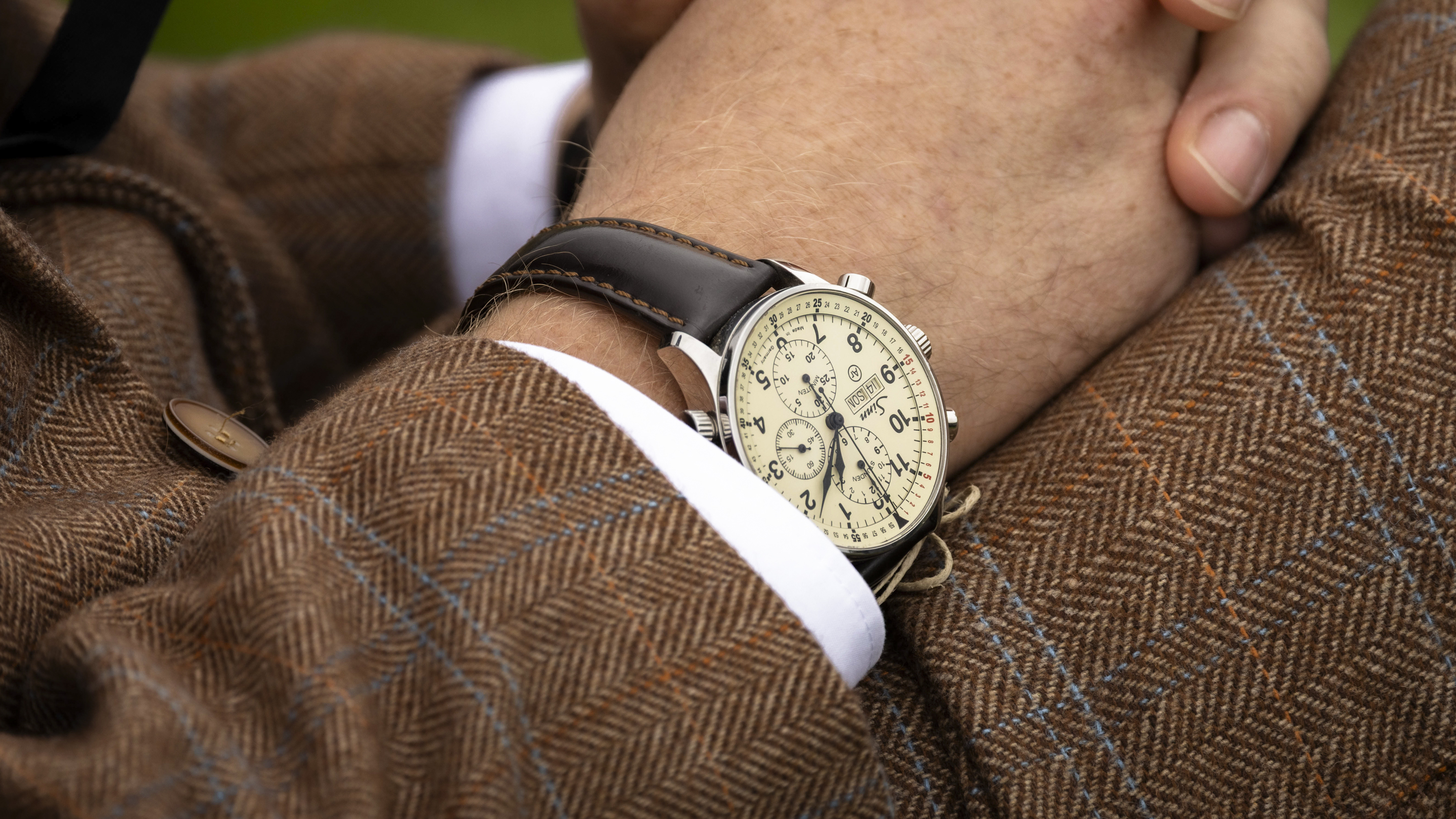
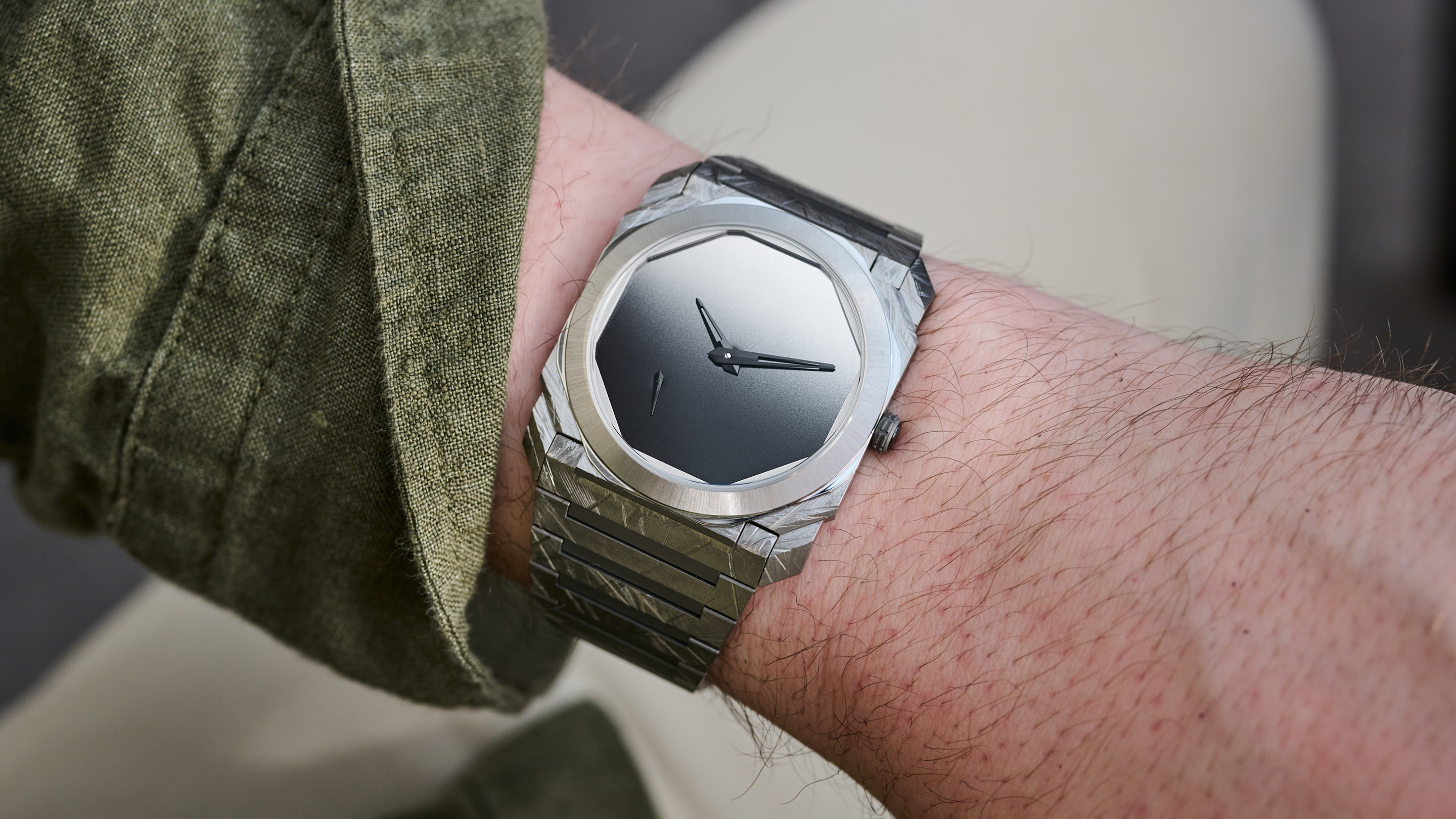

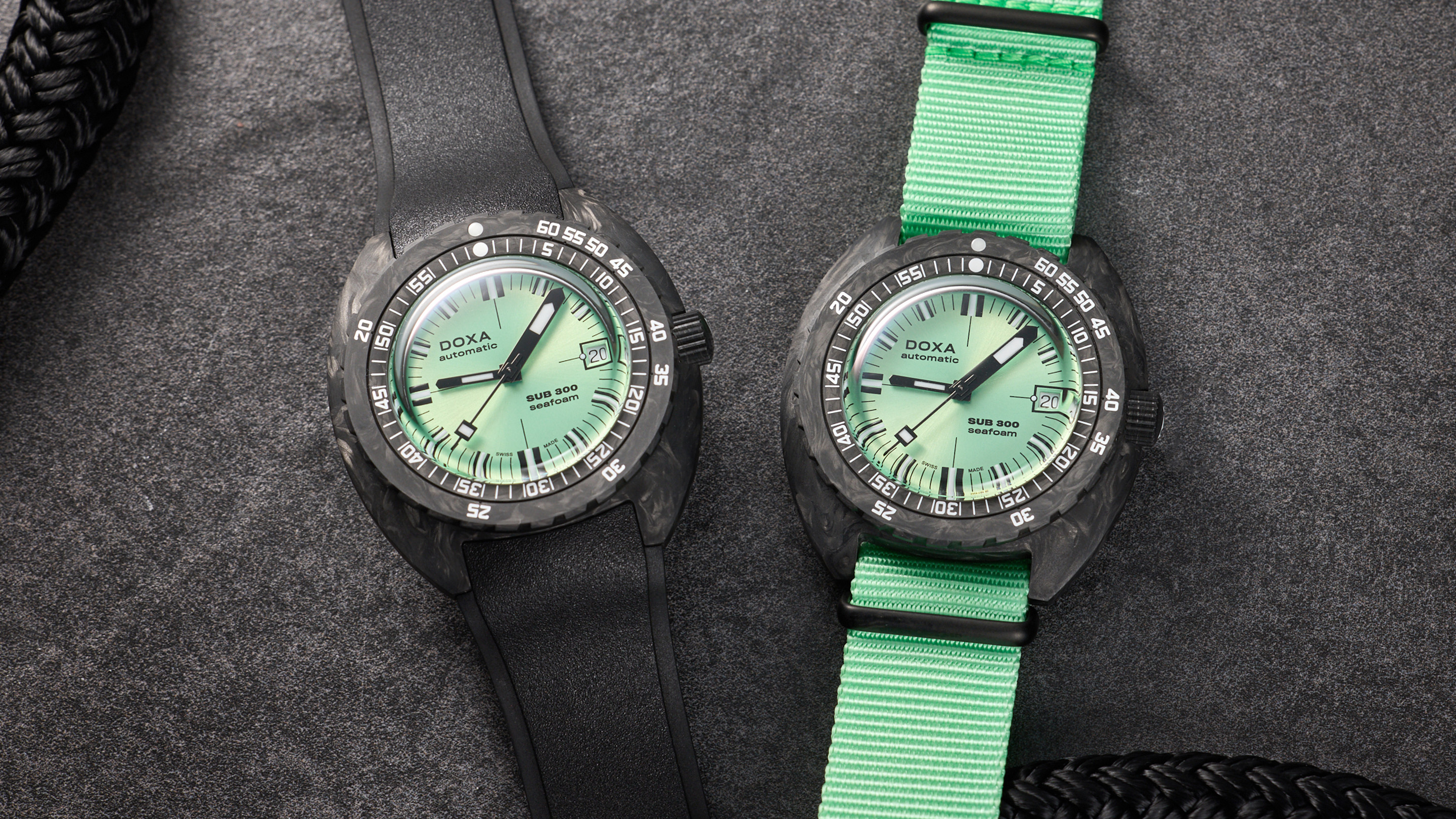


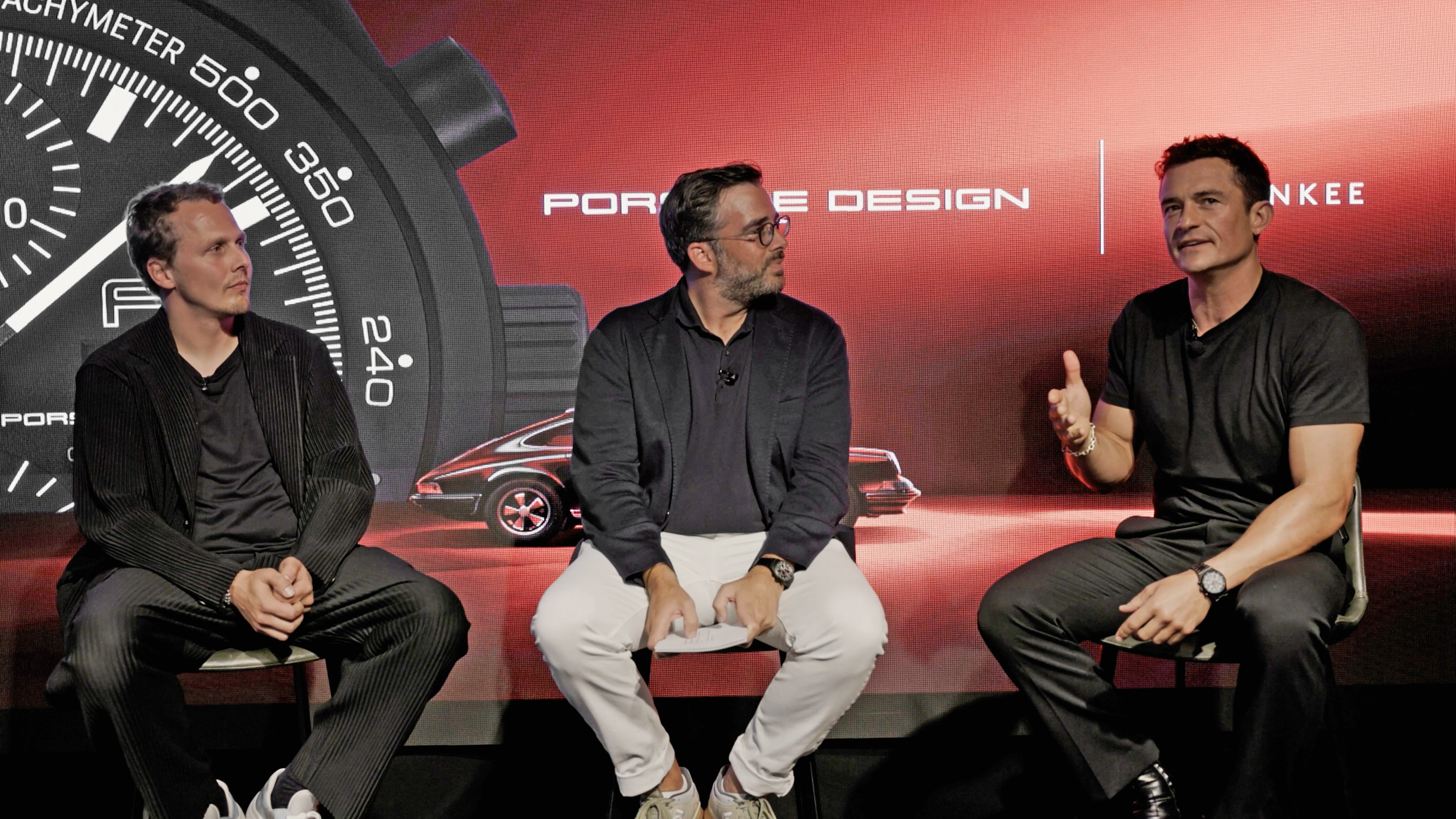
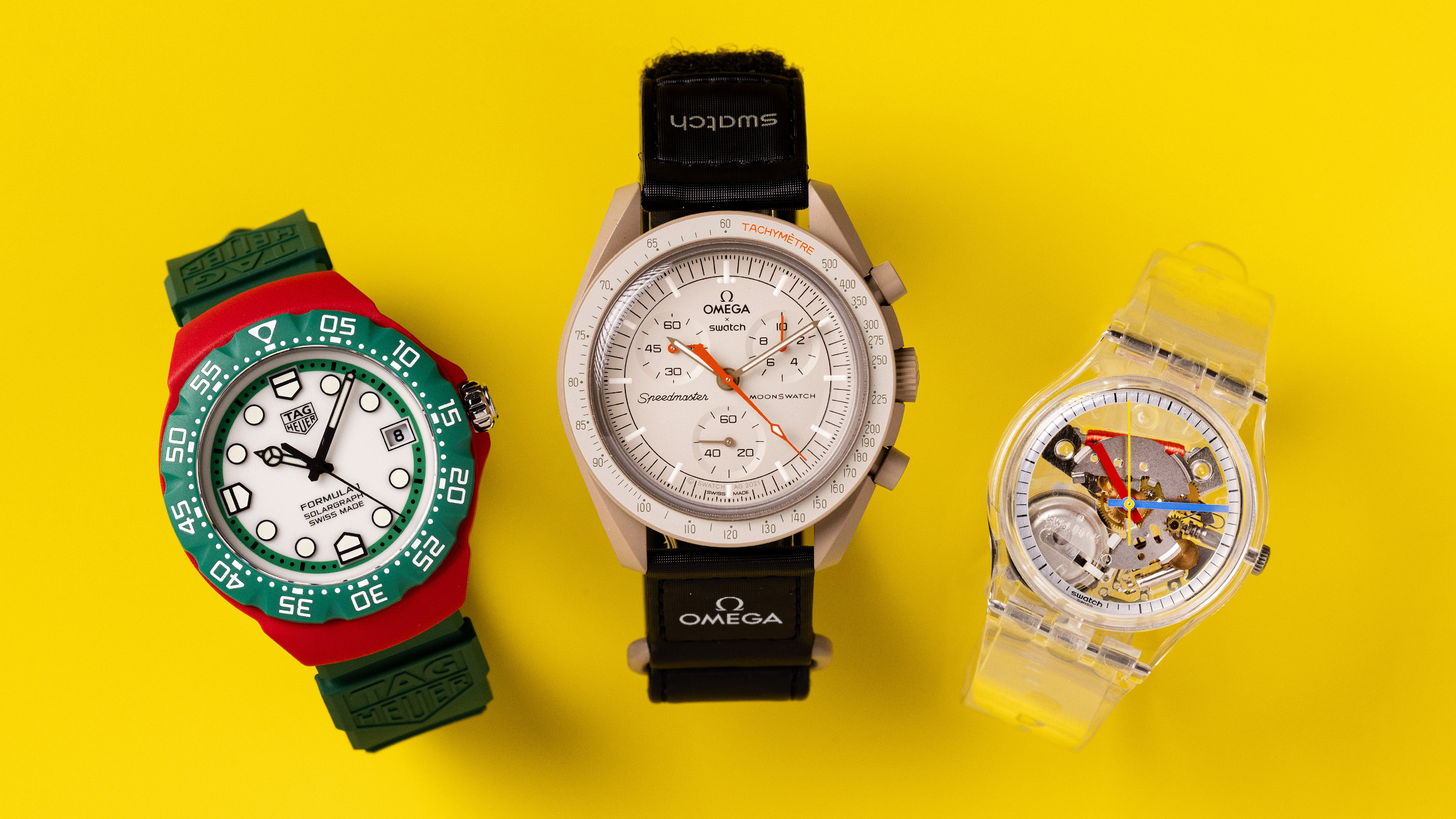
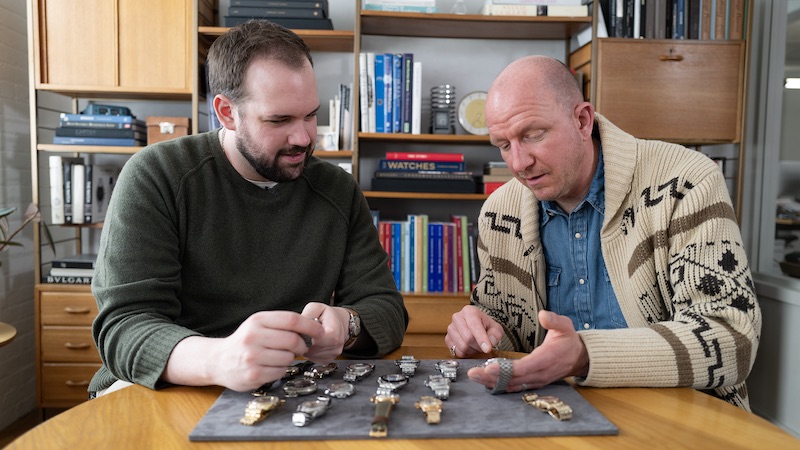


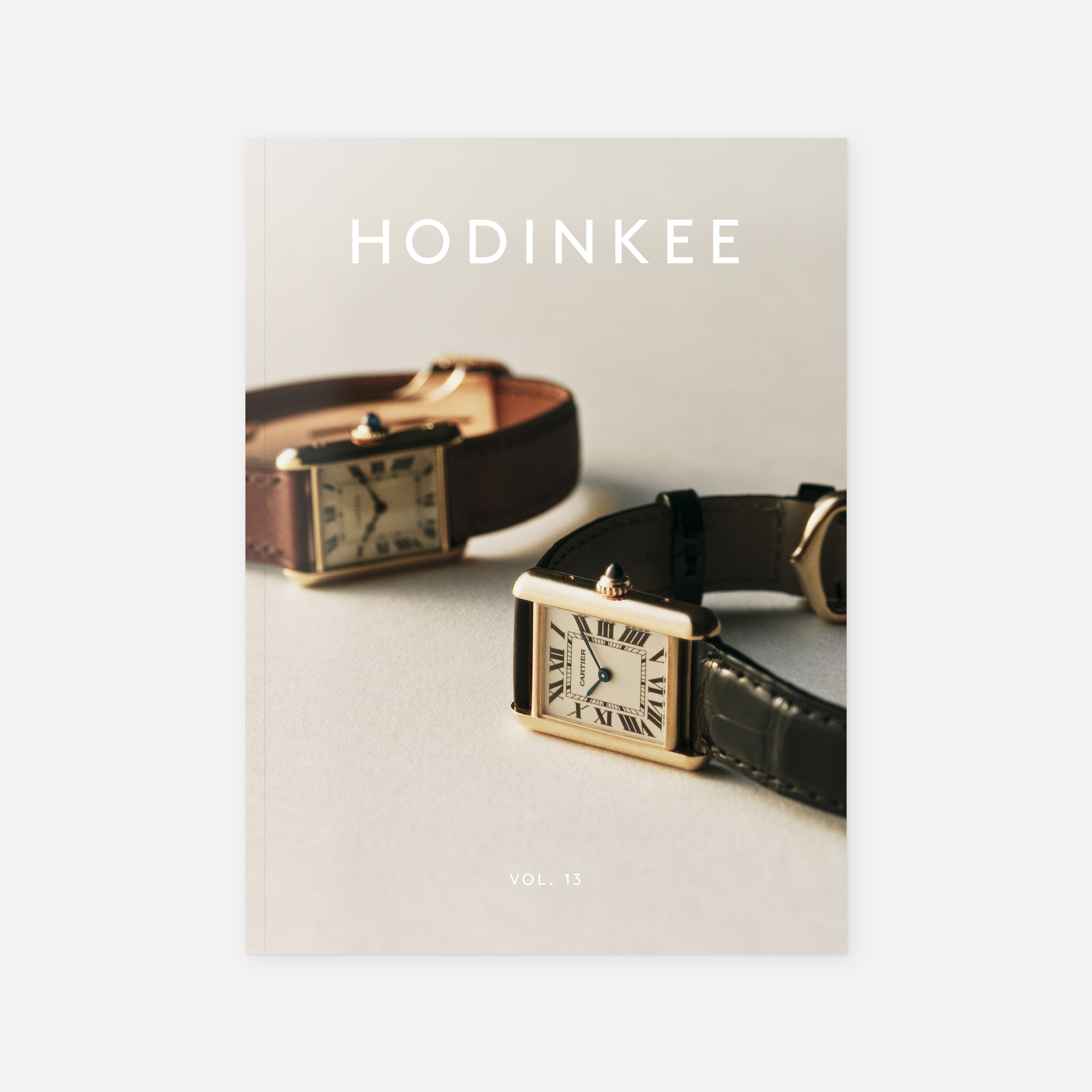

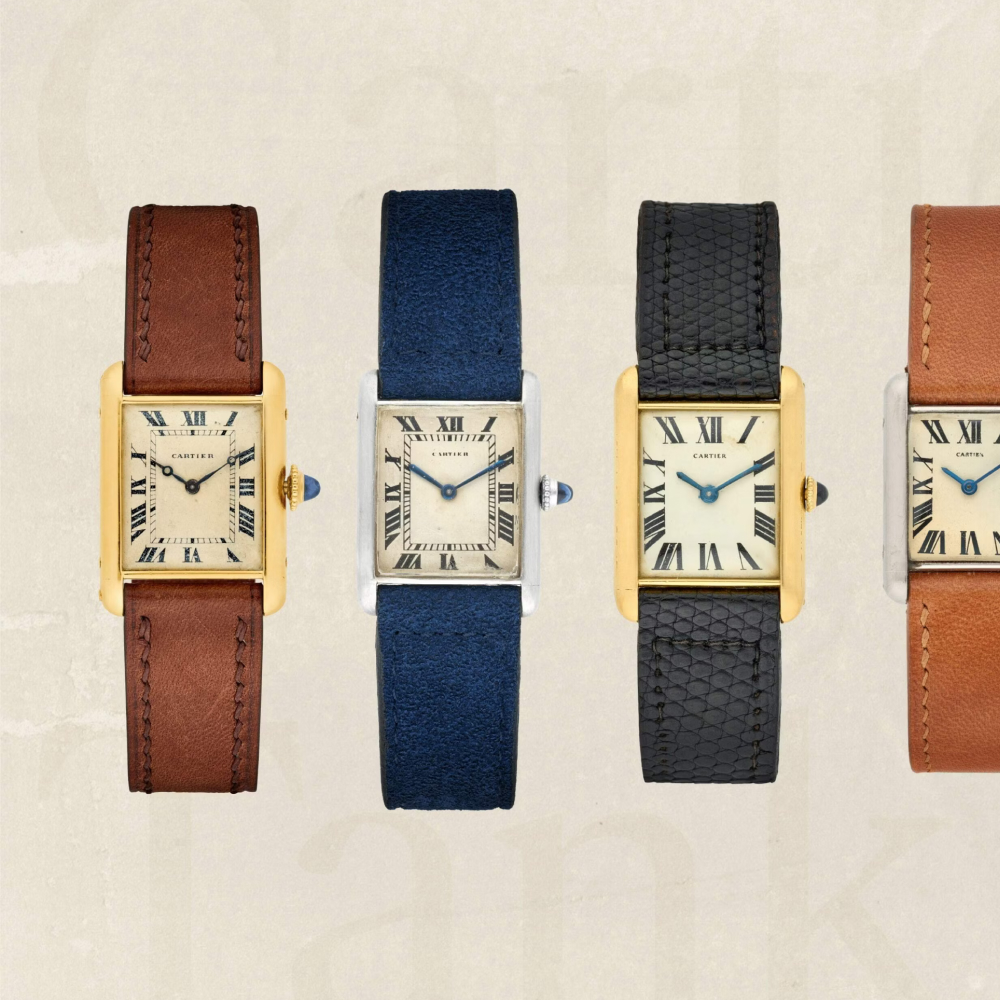







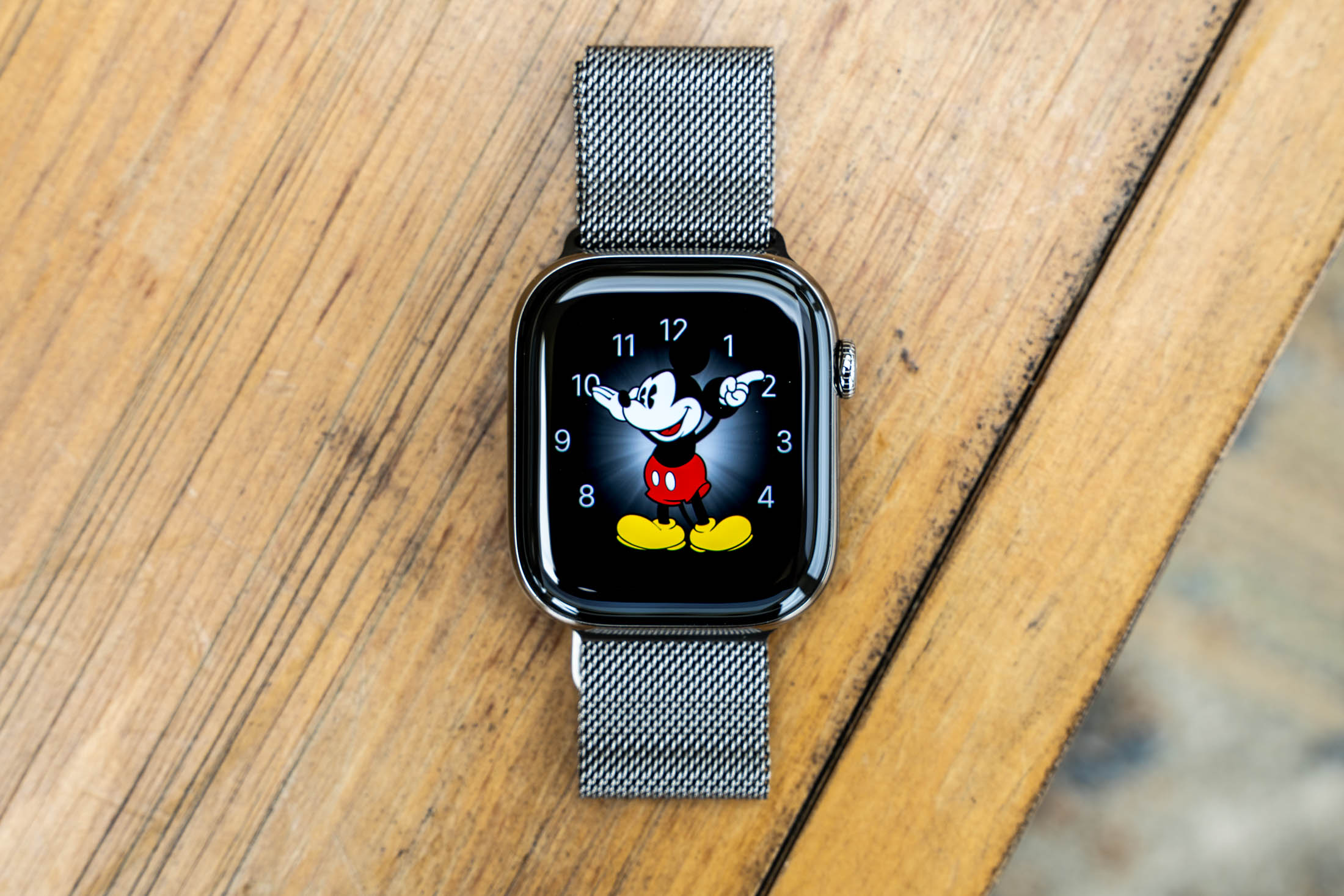
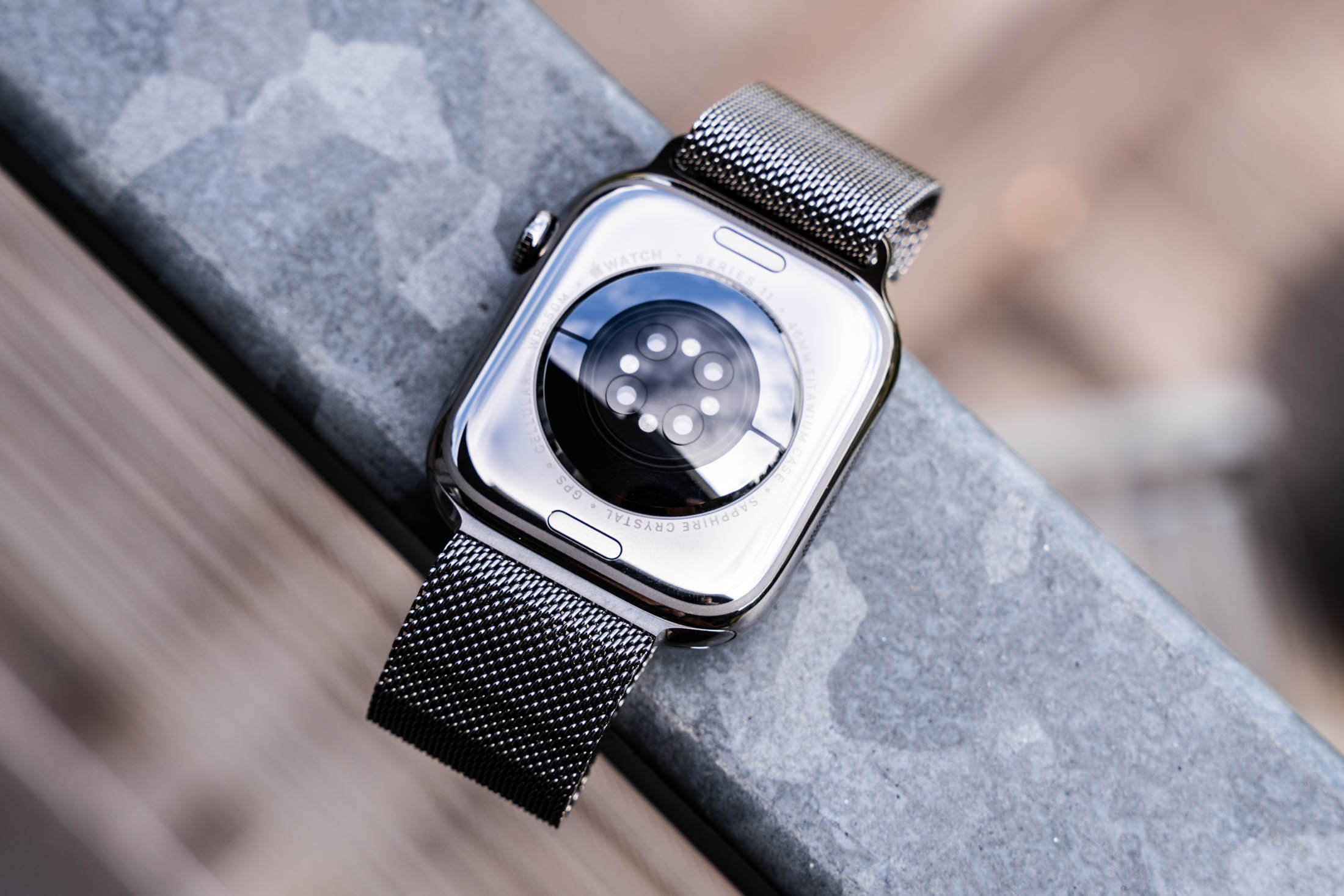
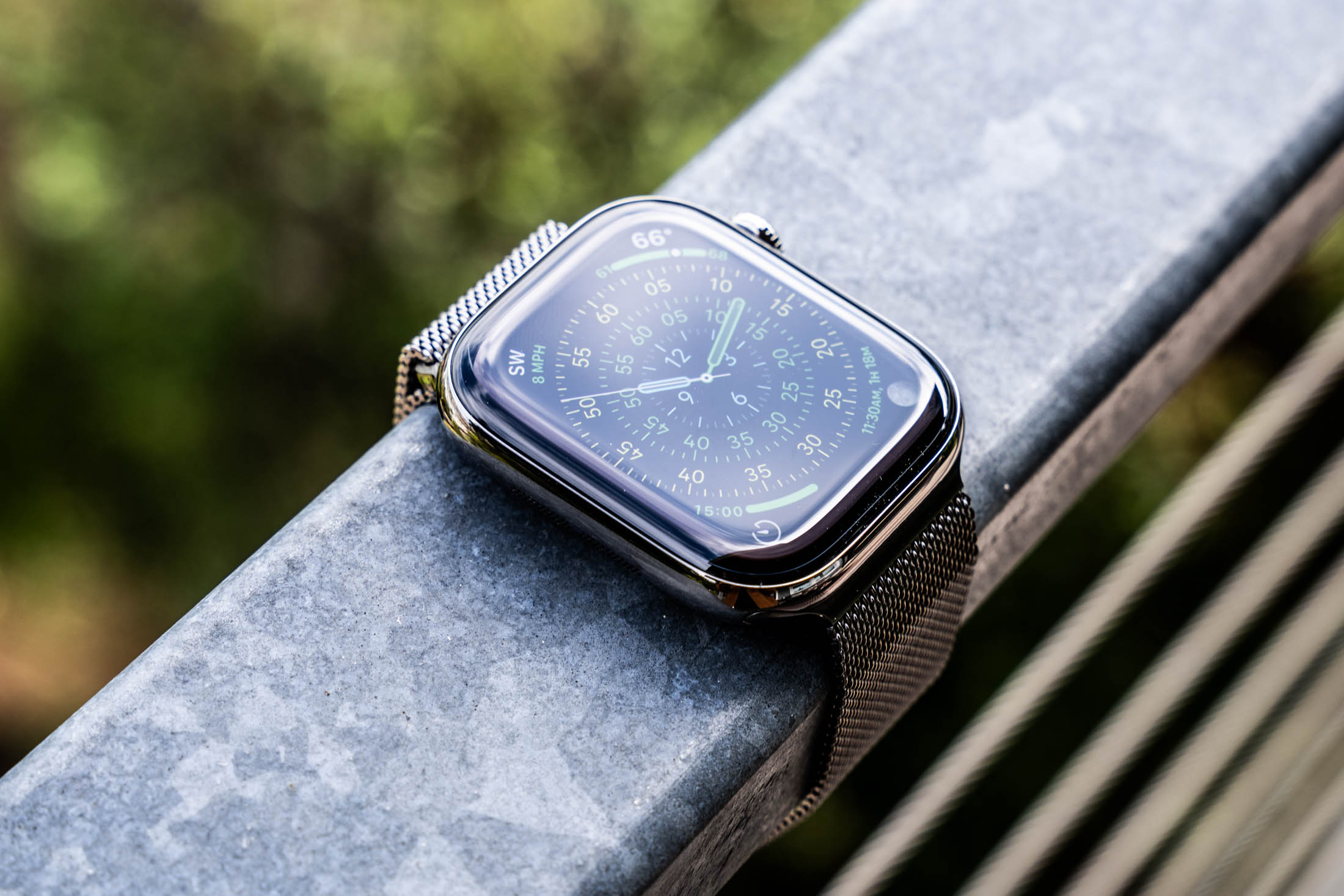
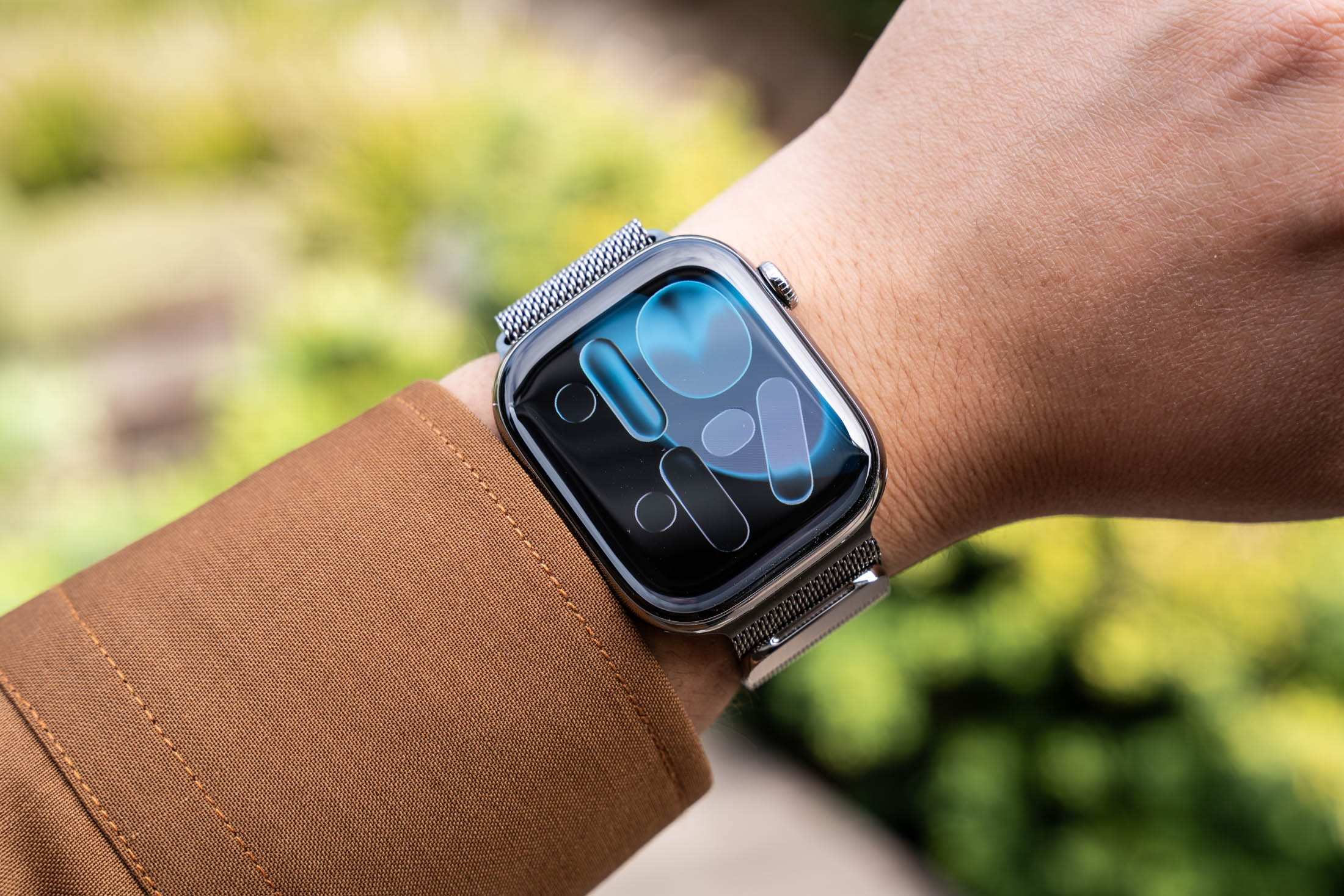
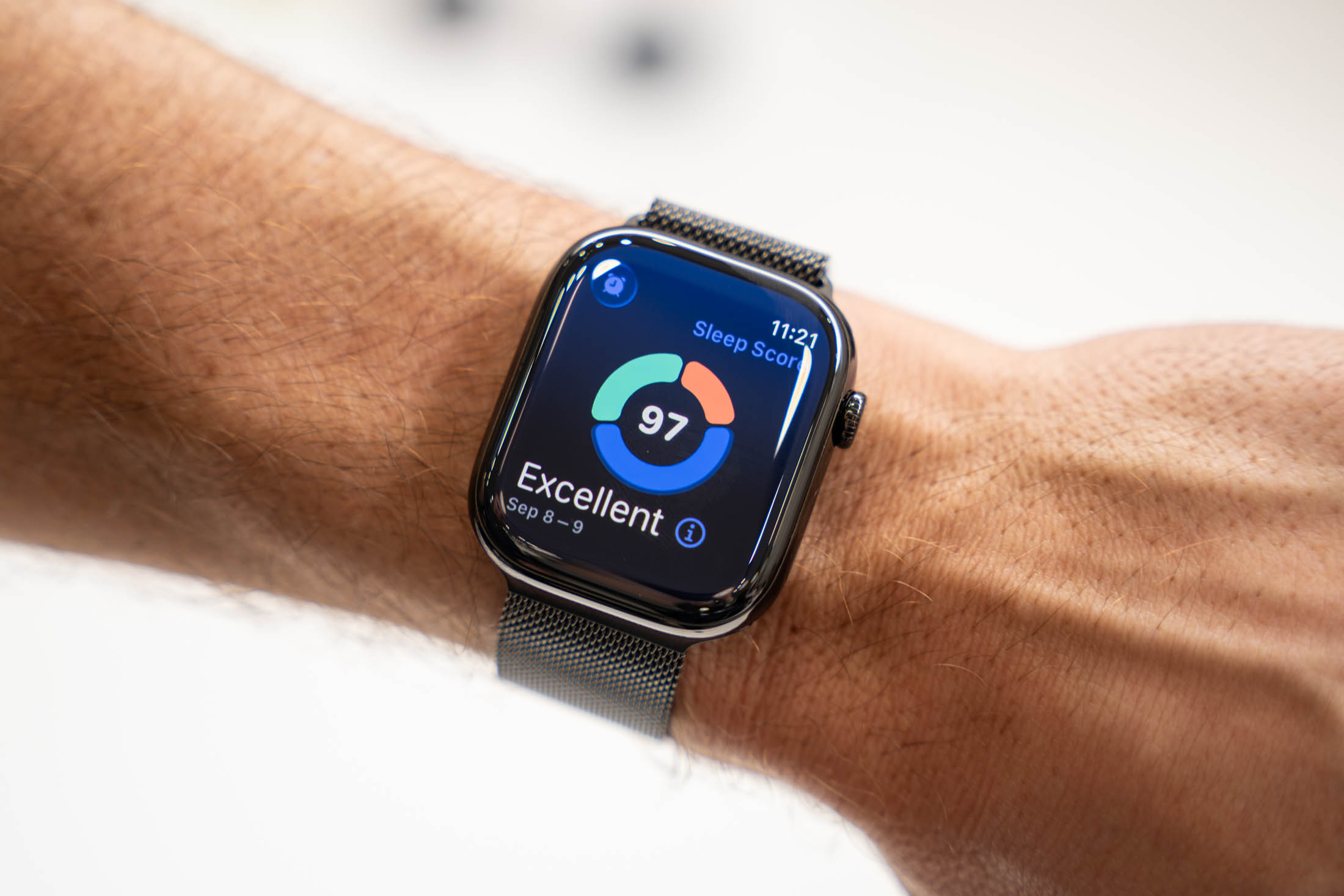
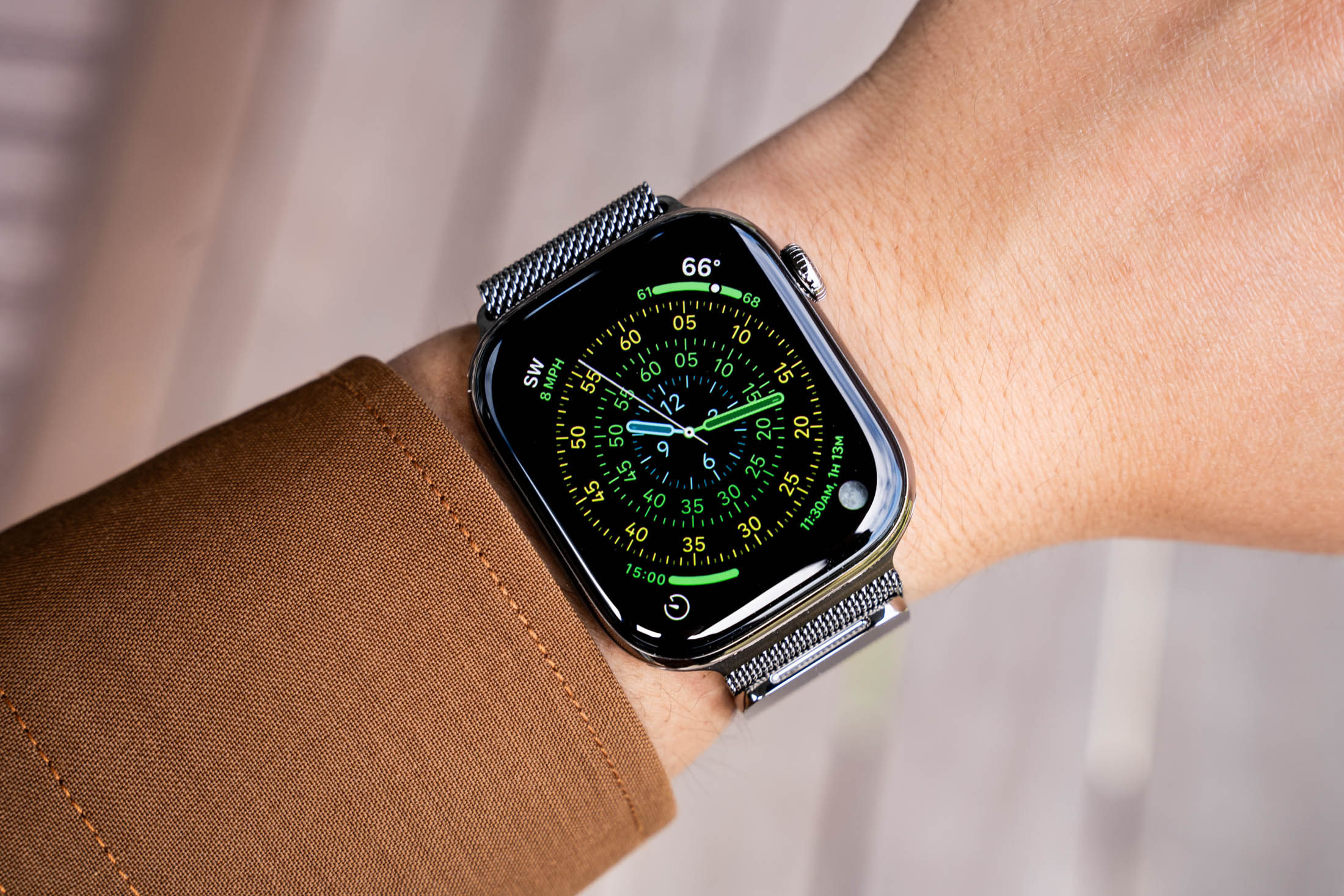
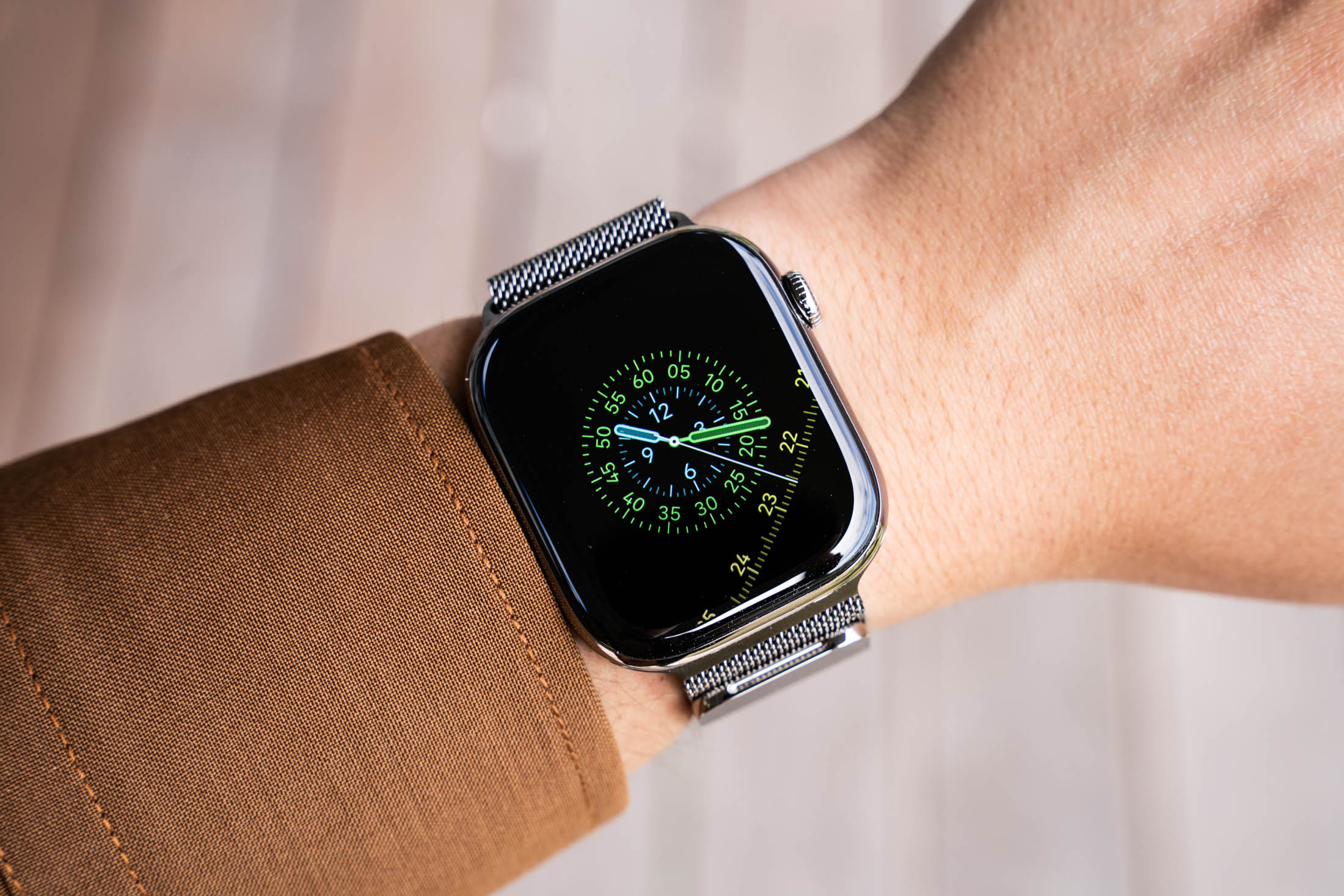
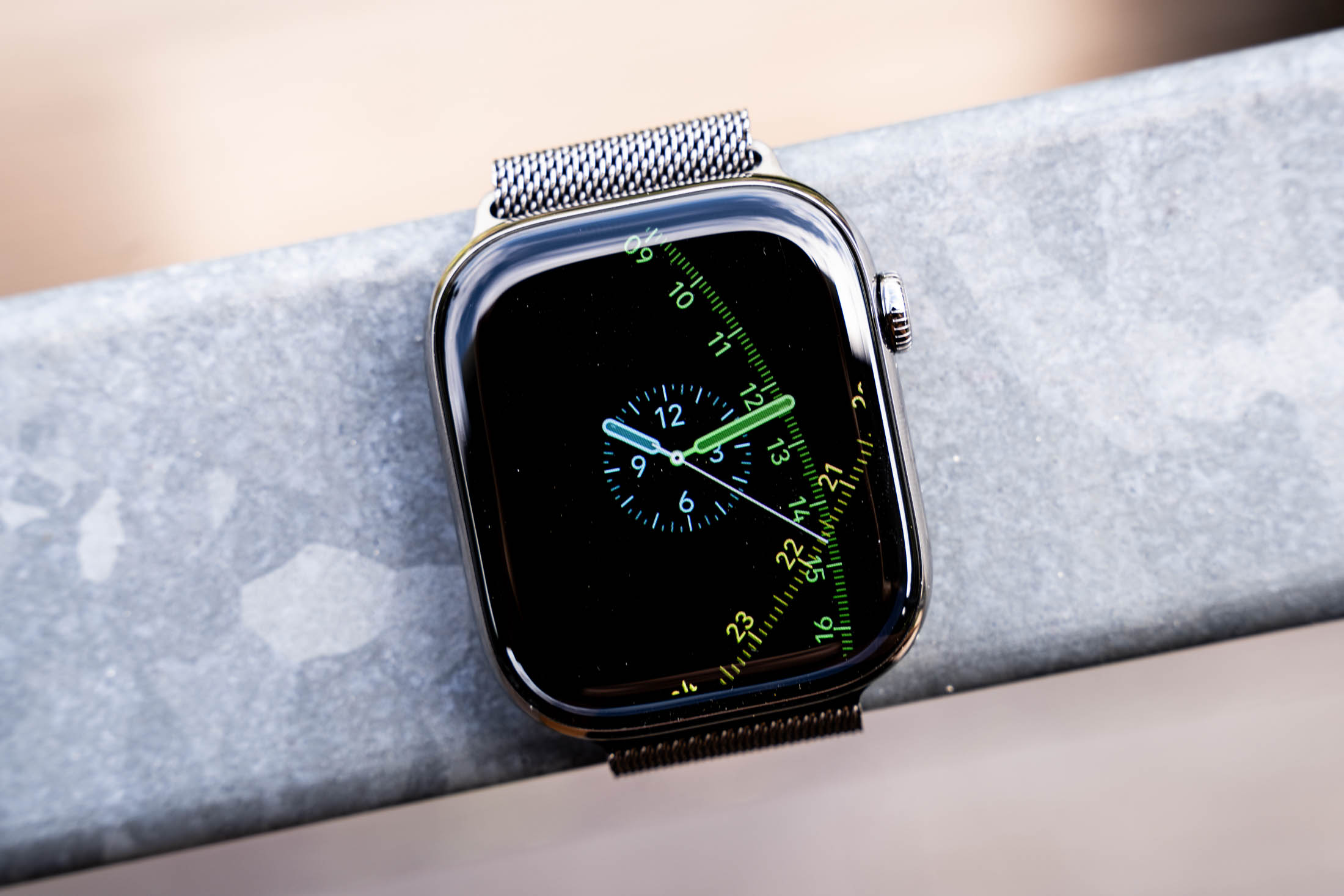
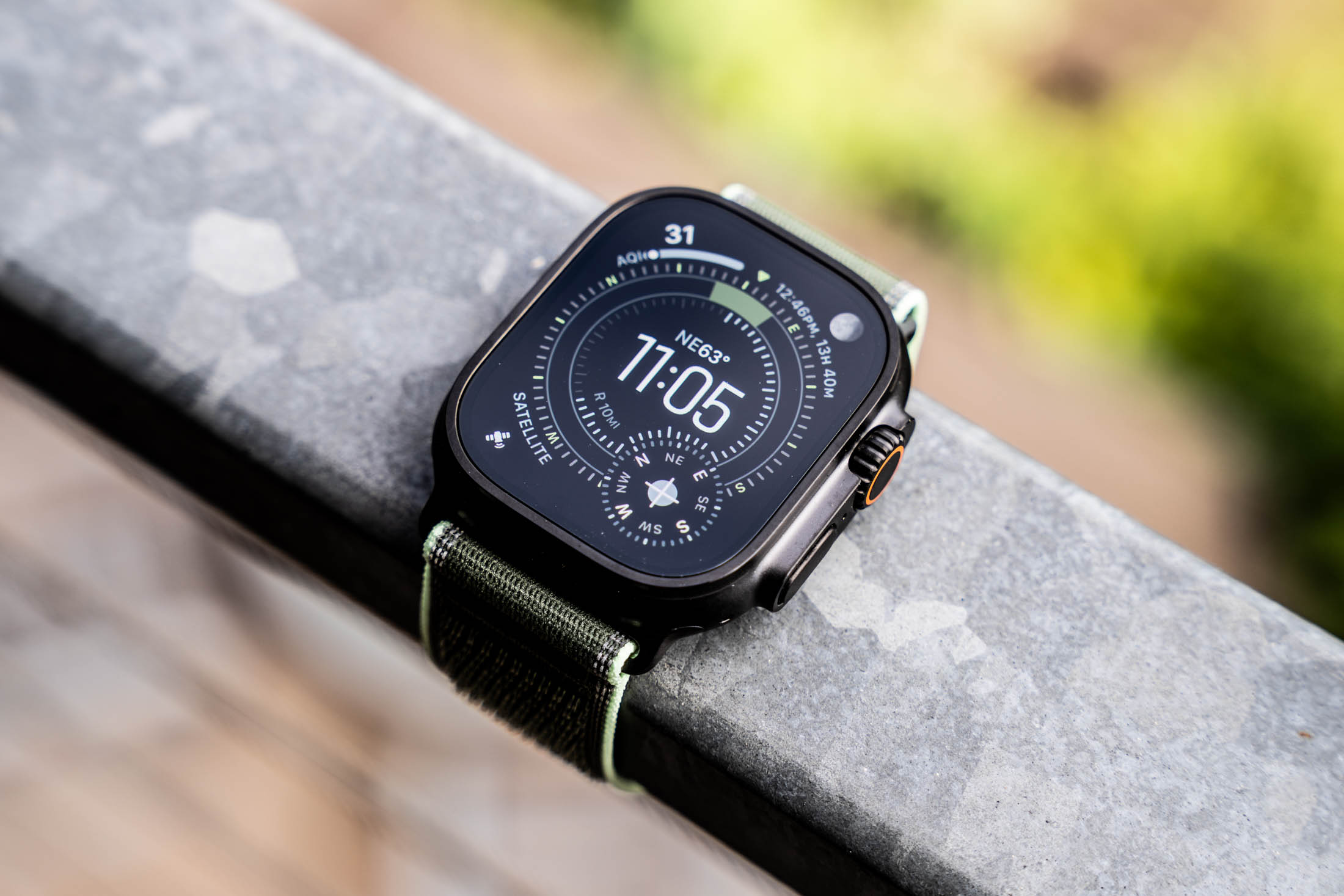
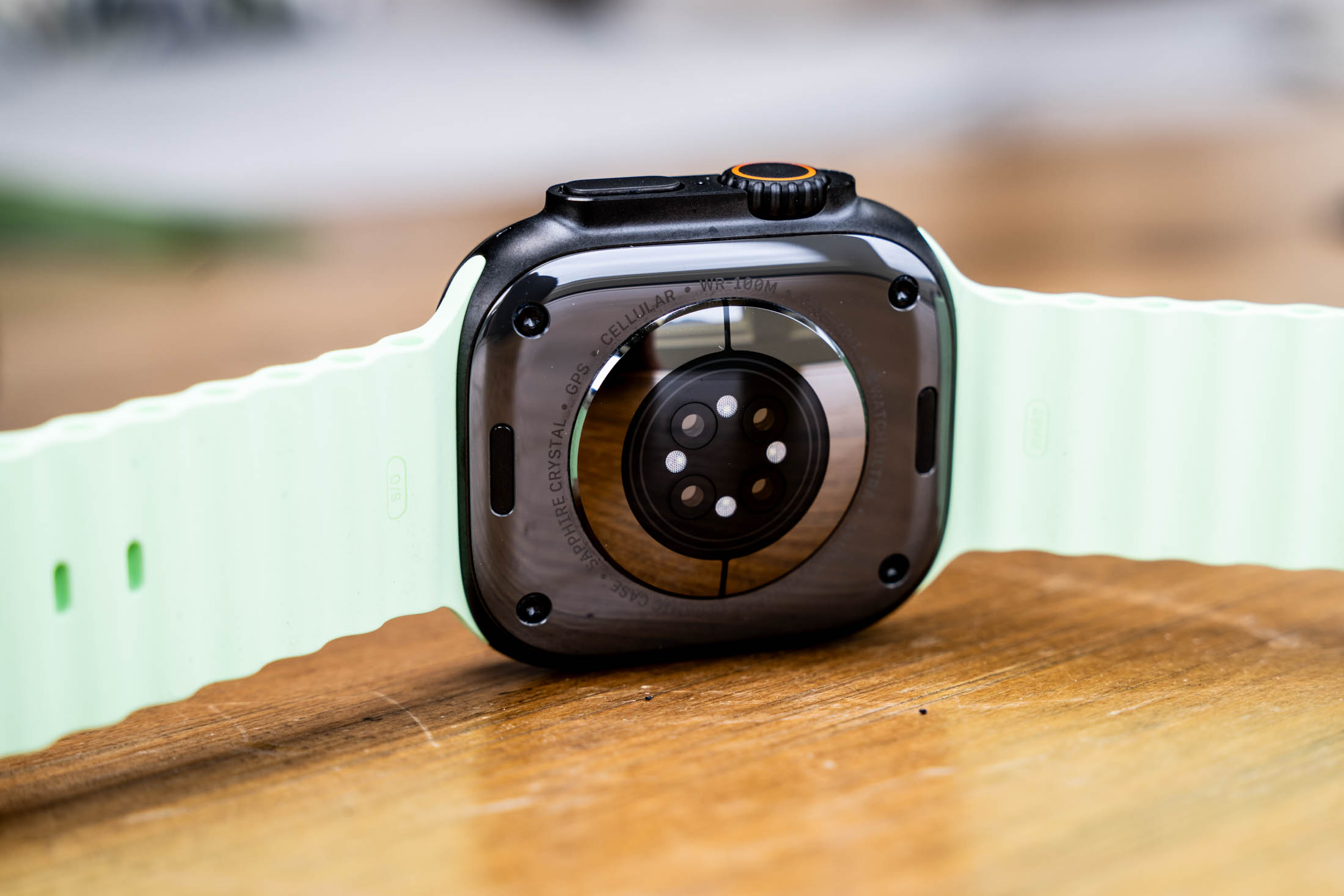
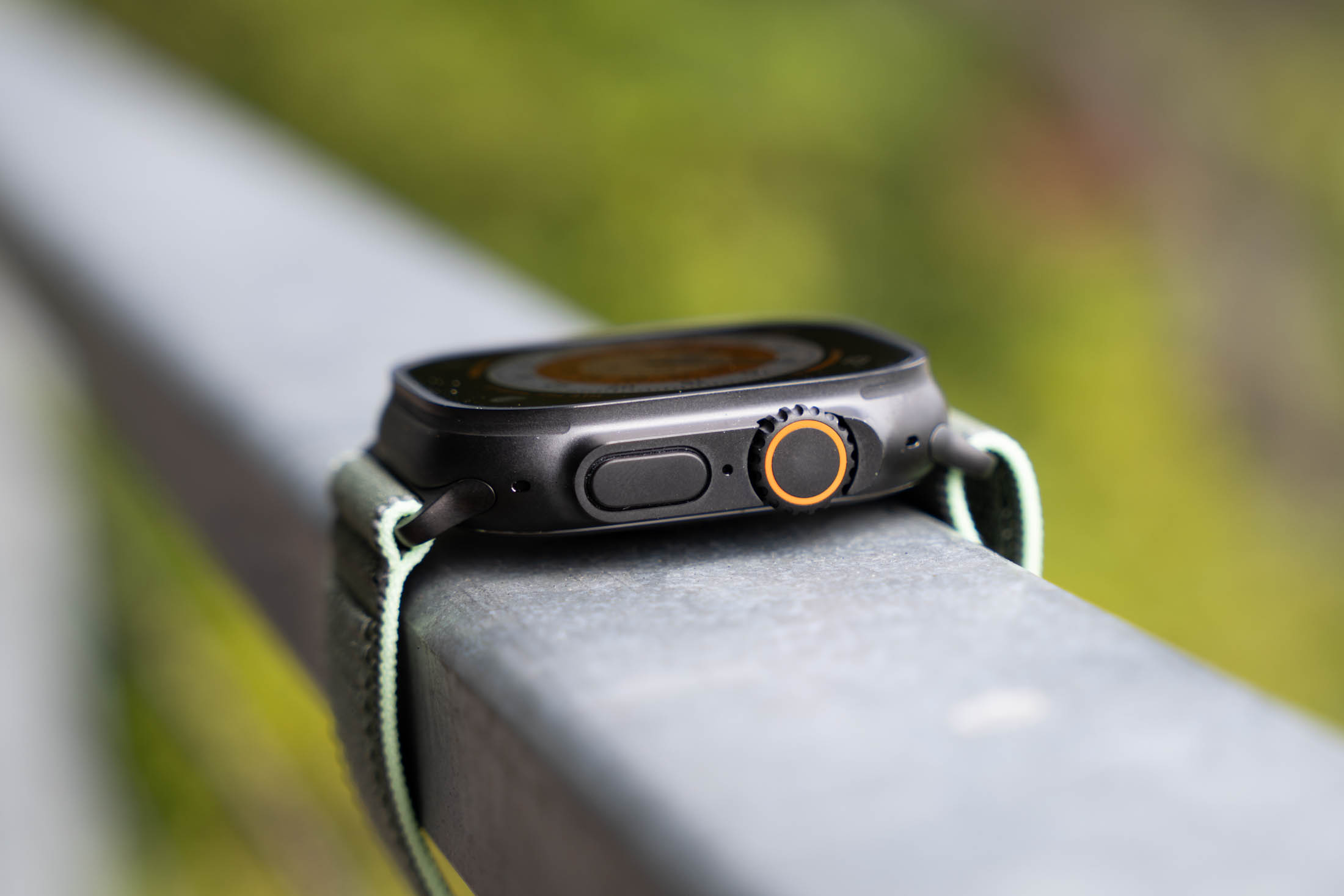
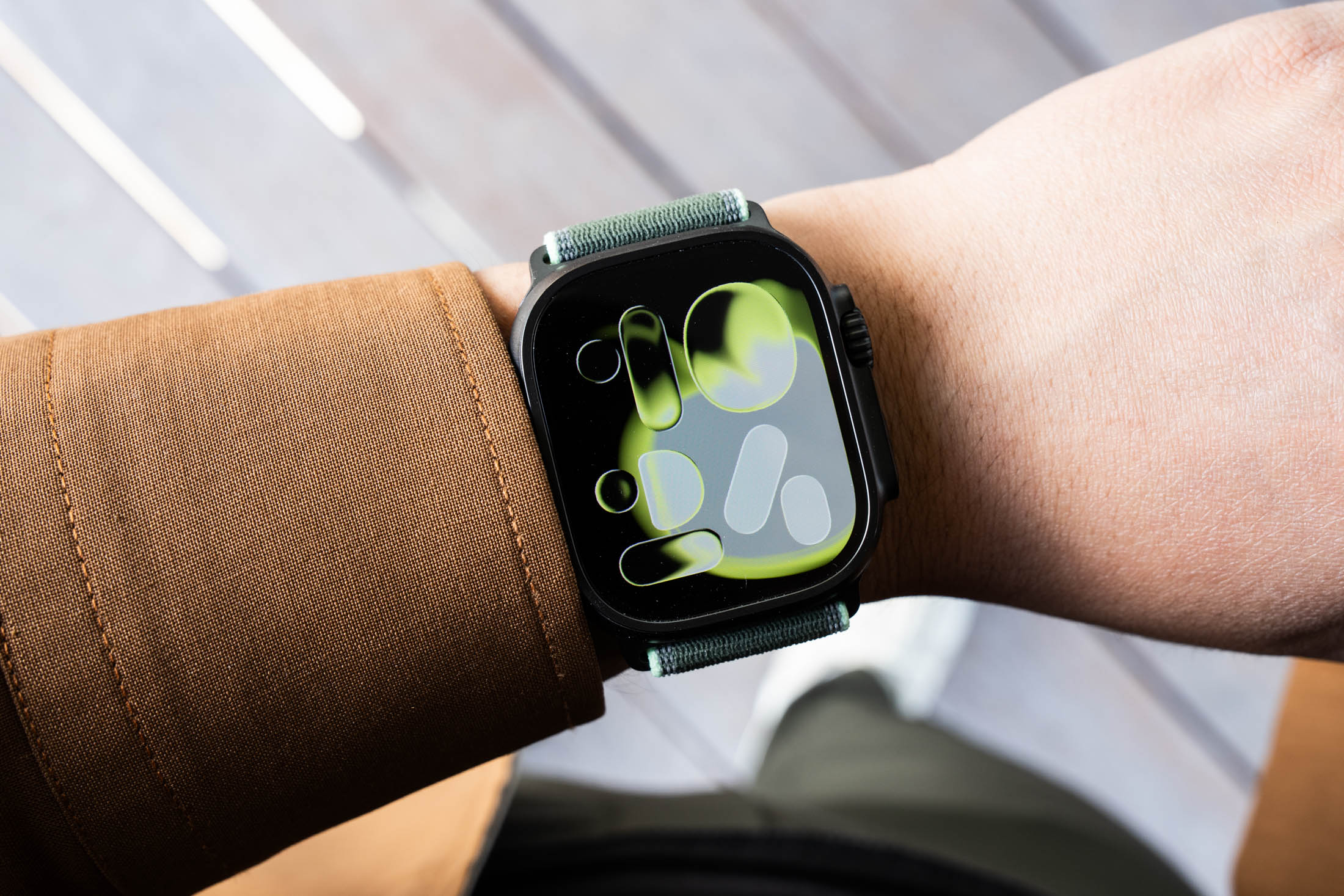
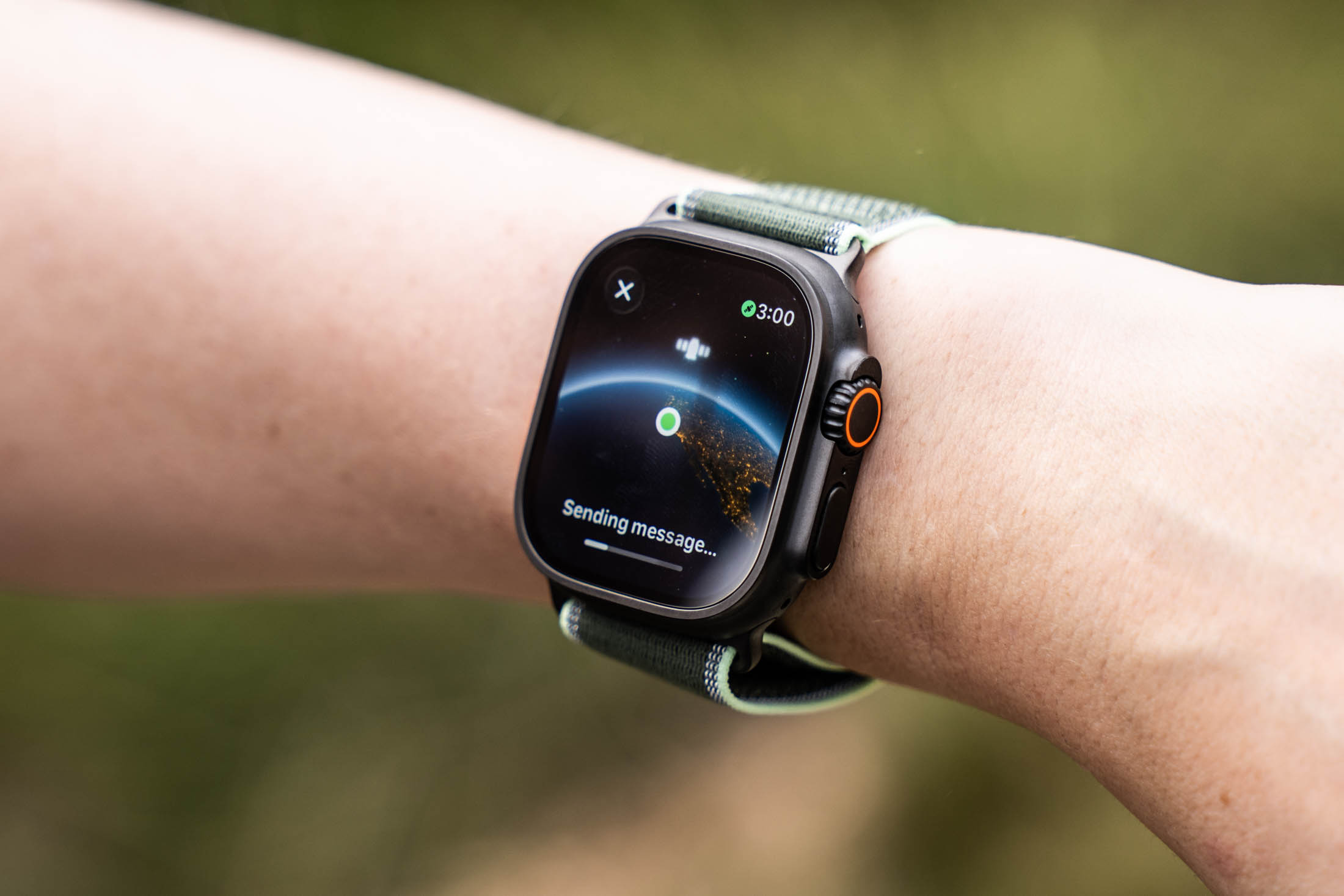
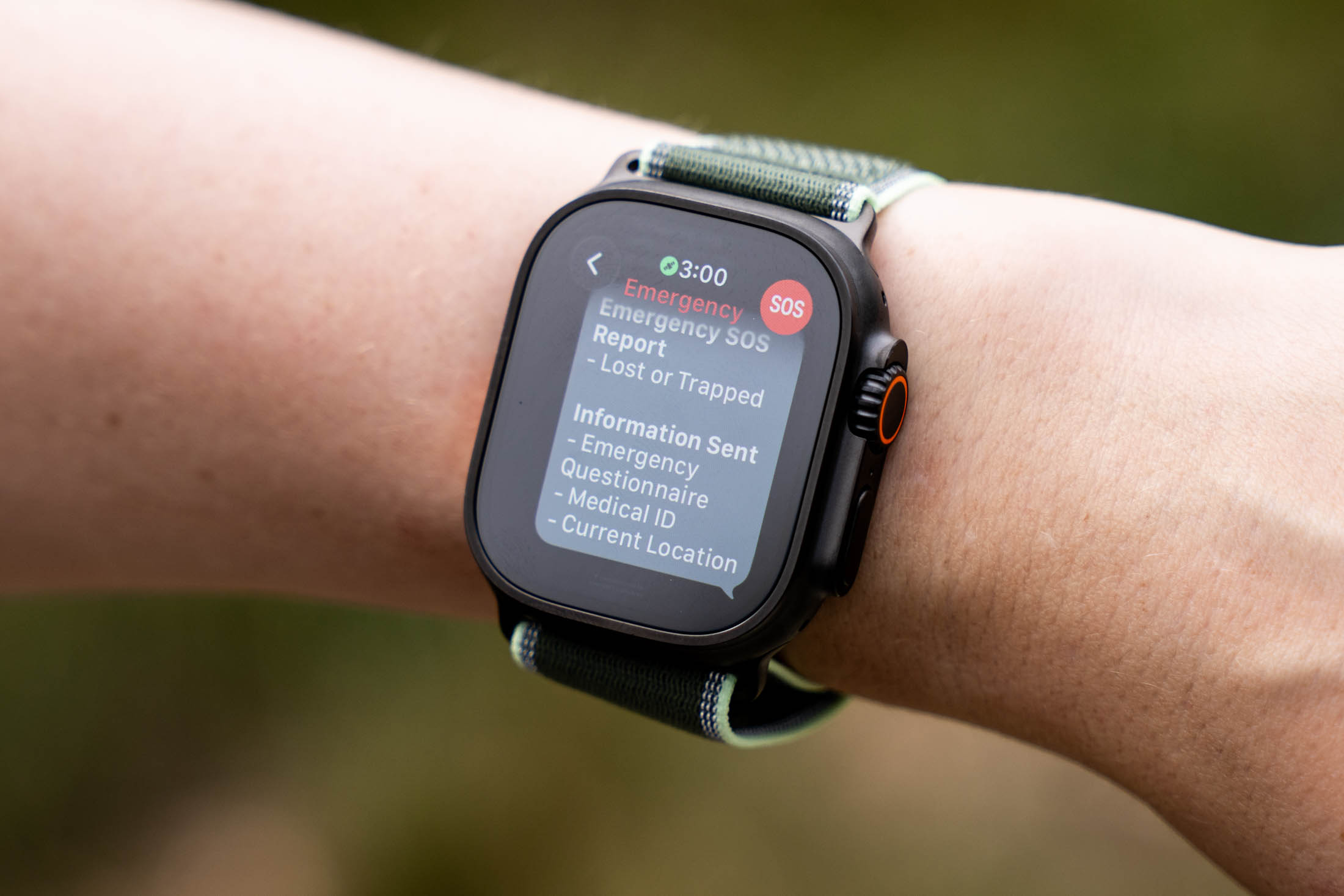
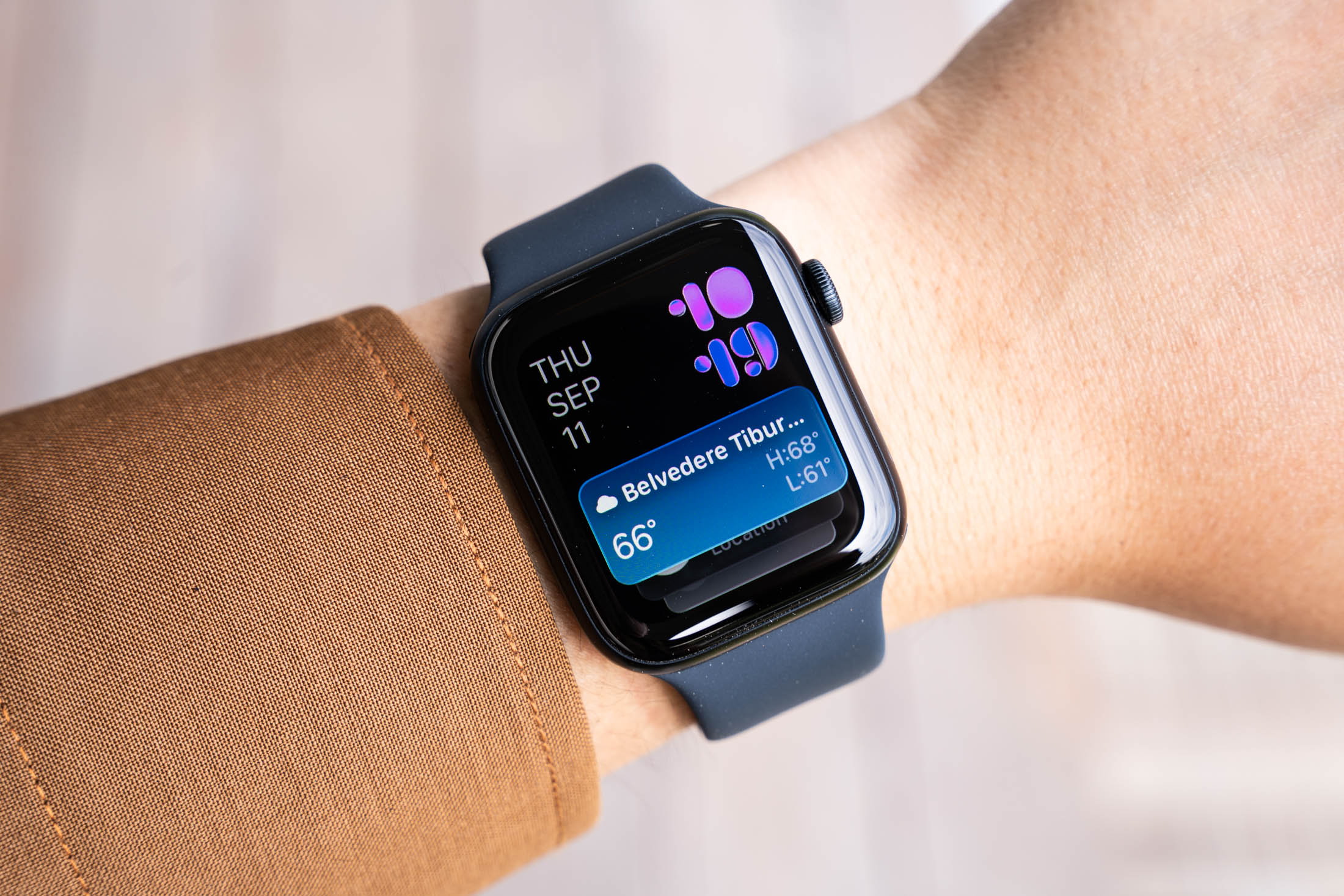
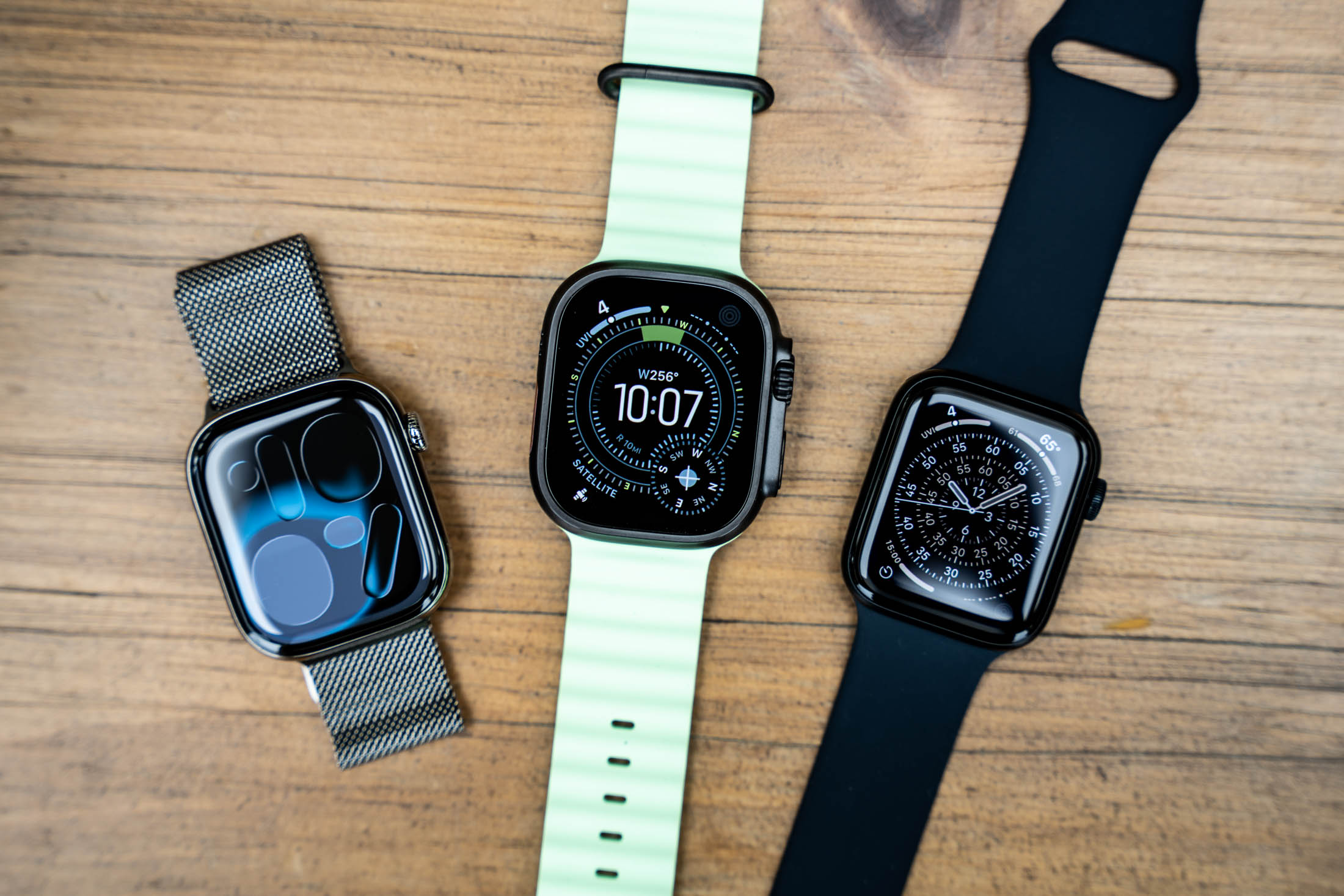
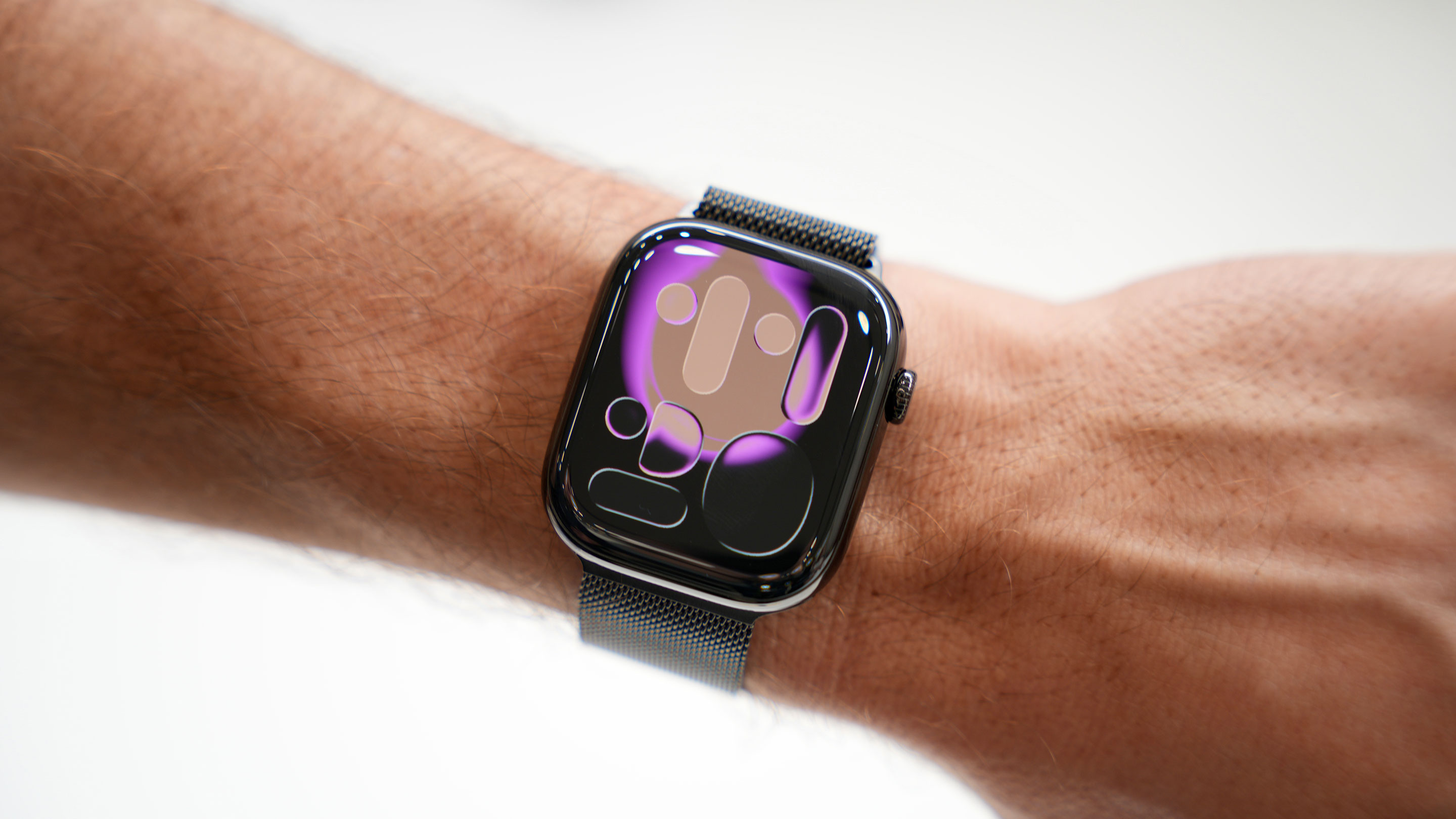
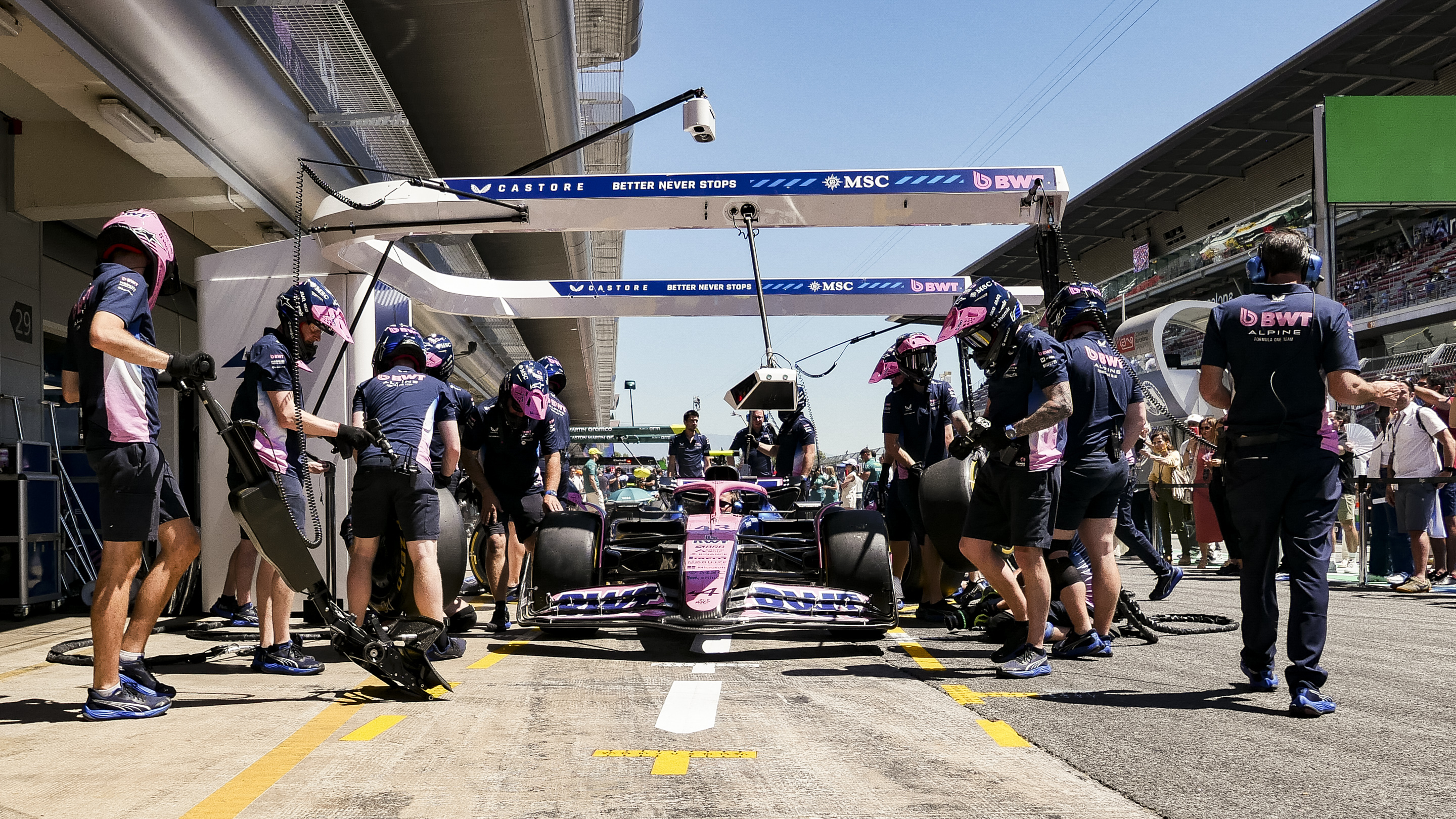


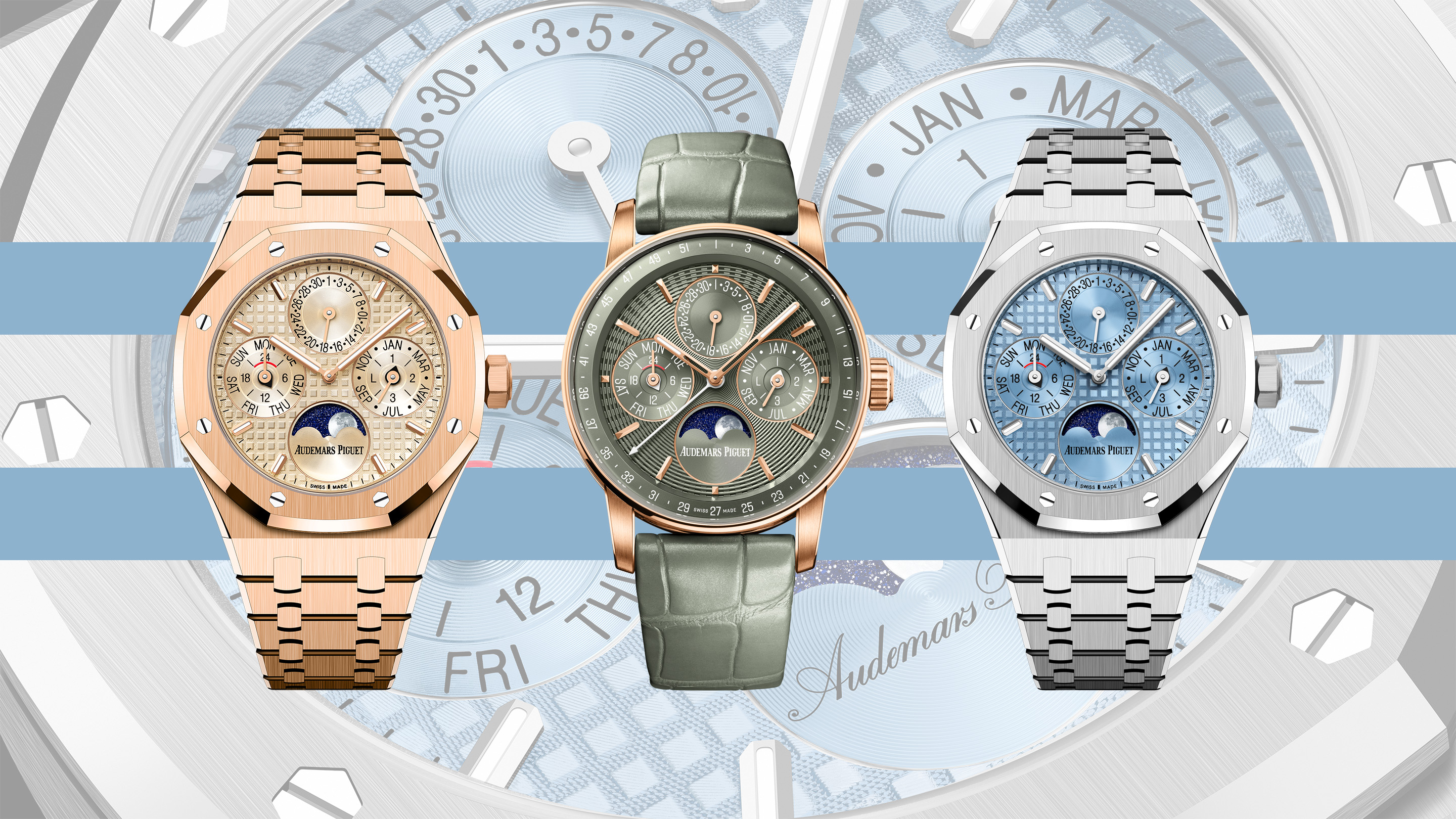
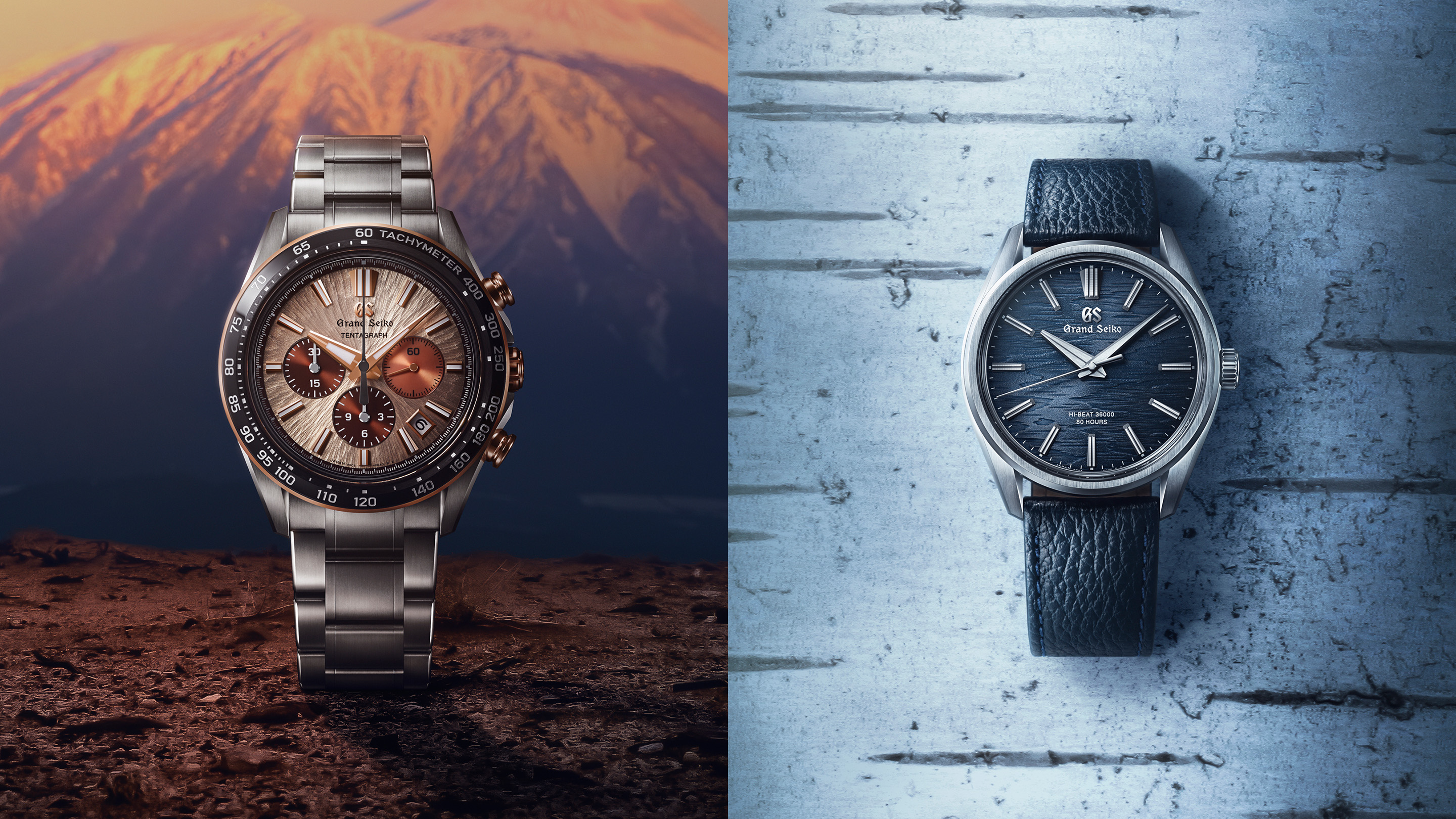
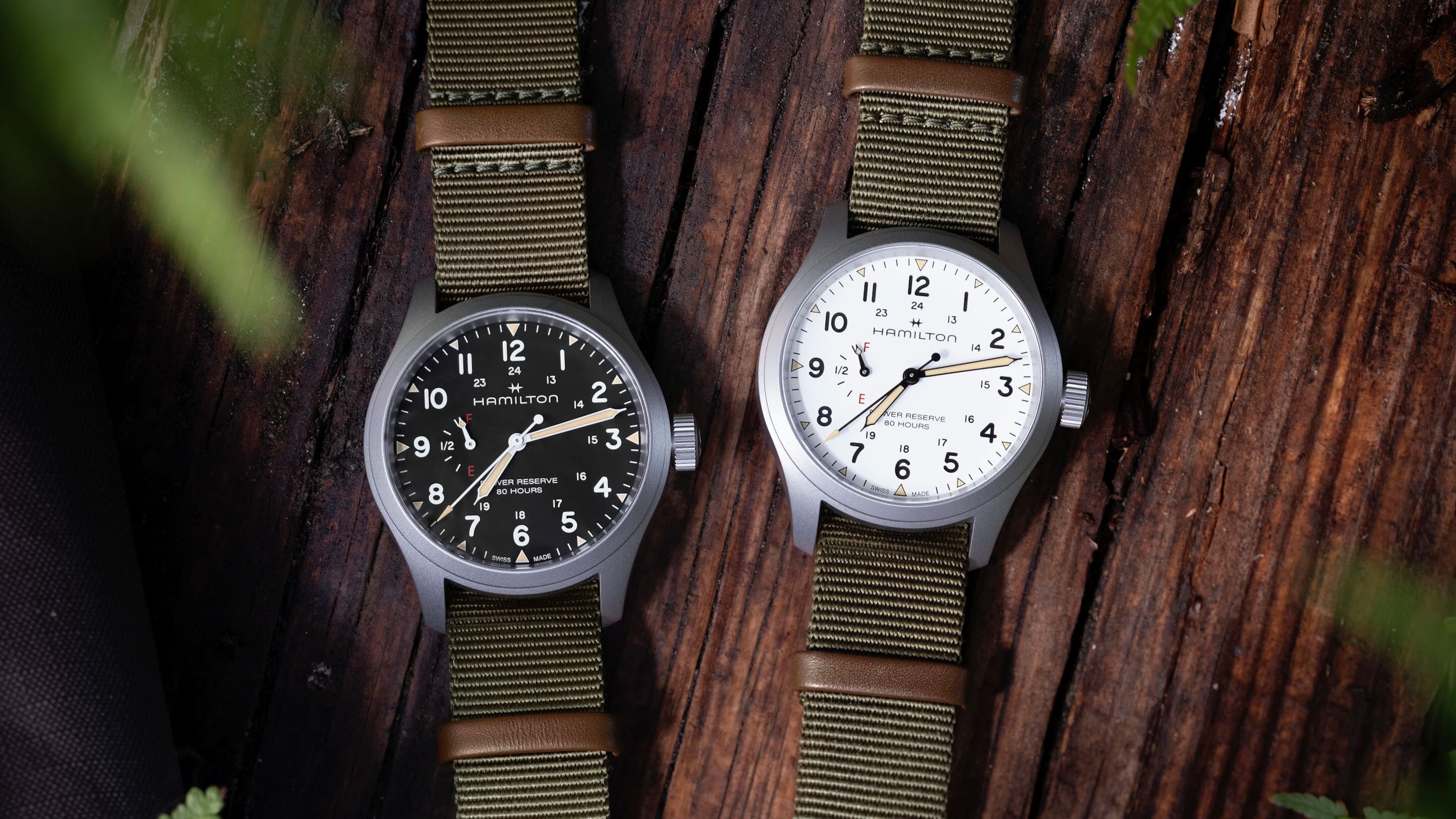
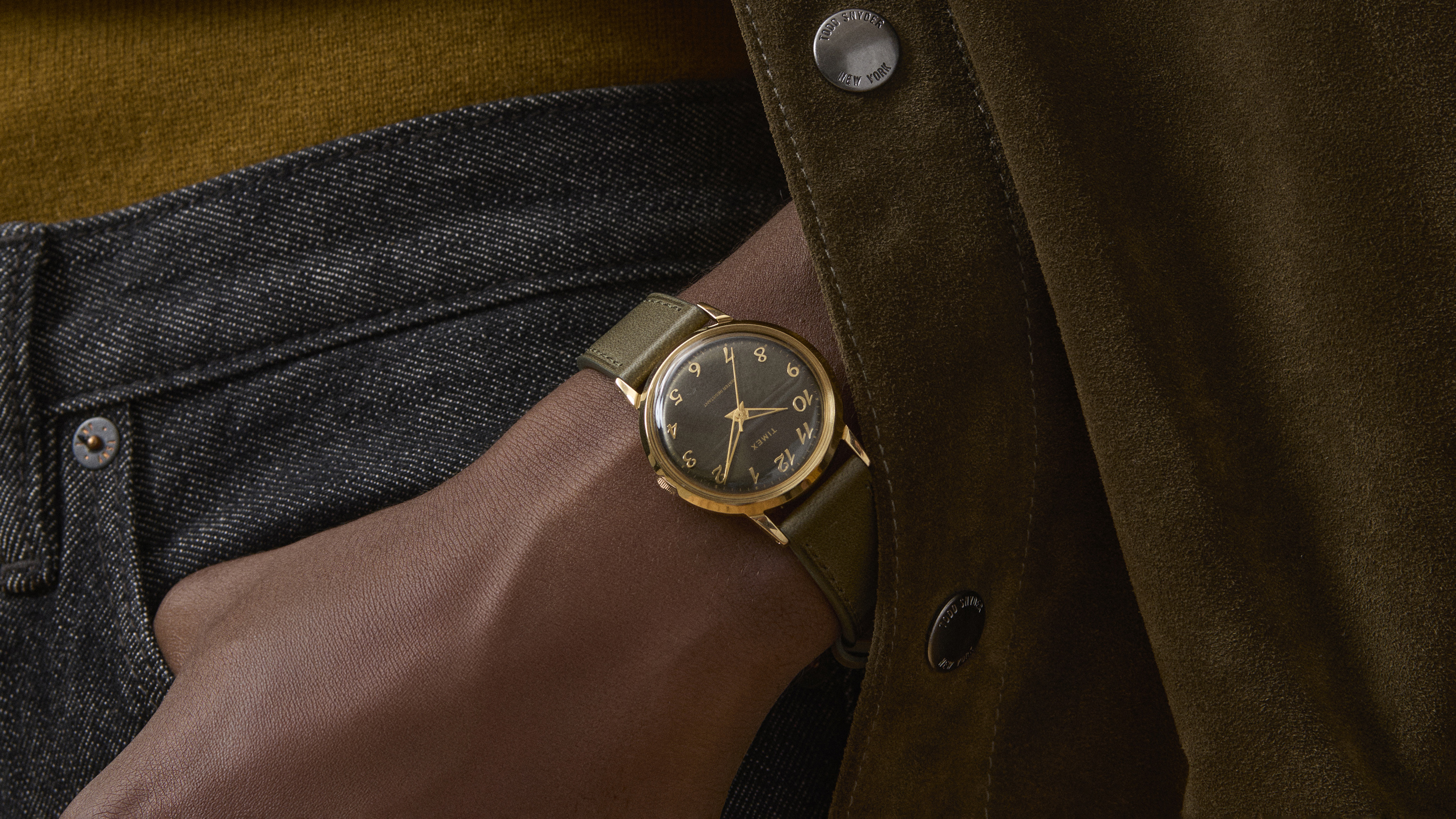
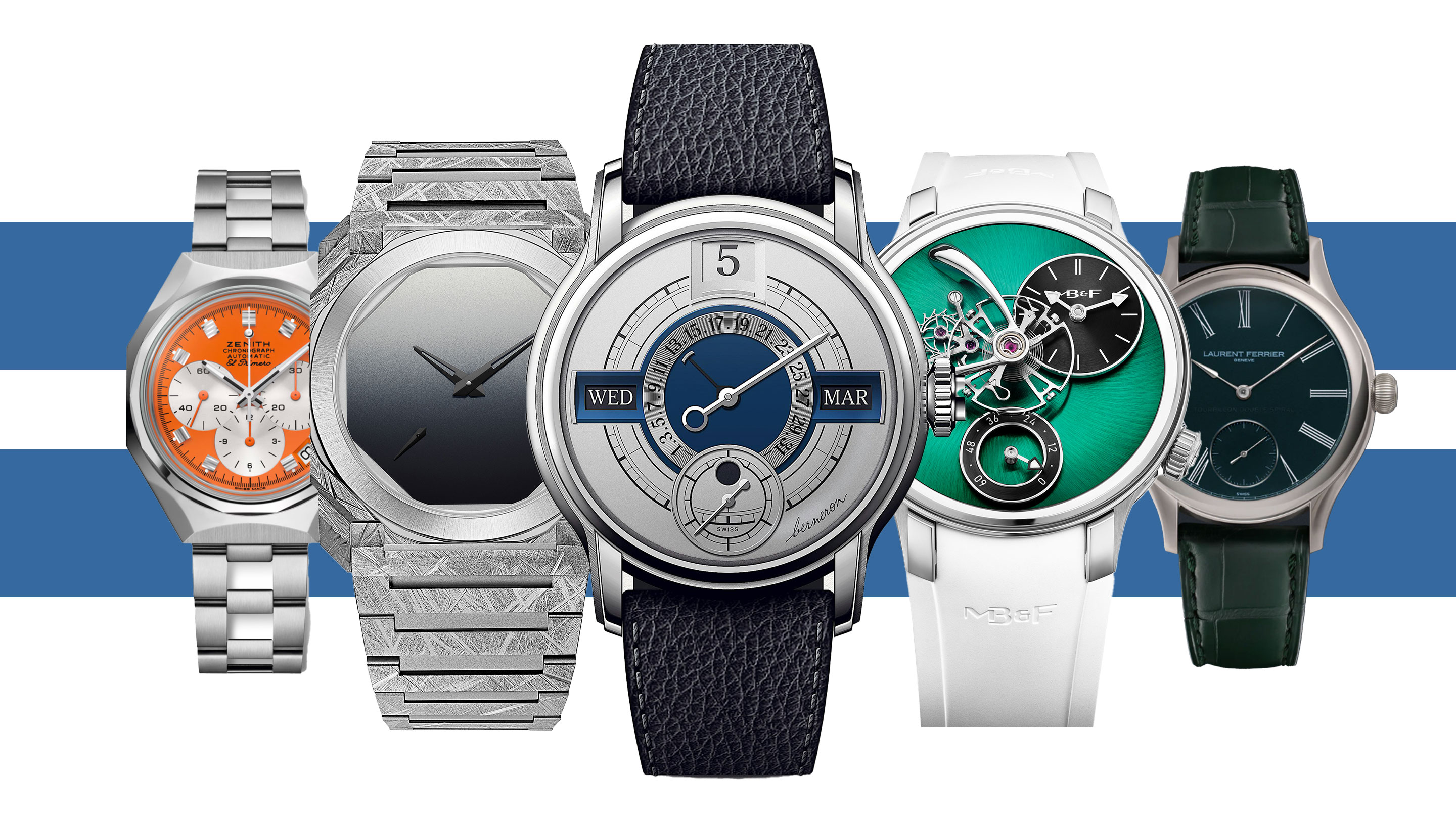
Top Discussions
IntroducingDoxa Sub 300 Carbon Seafoam Limited Edition
IntroducingBaltic's Dive Watch Gets A Facelift With The Aquascaphe MK2
Photo ReportGoodwood Revival 2025